Red-tailed HawkMy last post on Sweetwater Wetlands was early October. As the fall has progressed so has the bird count. Cooler weather has brought more birds out, and the waterfowl are reappearing in larger numbers. This post features 11 of our feathered friends spotted in November, plus one mammal (keep reading to find out who the mystery critter is!). All images captured on one of the Wednesday morning Audubon walks led by Luke Safford, Audubon Volunteer Coordinator. I lead off with a Red-tailed Hawk from the November 22nd walk. Red-tailed Hawks are common in North America, often seen soaring above fields or perched on telephone poles looking for prey. This one was perched on dead branches south of the wetlands, likely looking for breakfast. Red-tailed Hawks are large with broad rounded wings and a short wide tail. Most are brown above, and pale below with a streaked belly. The underside of the wing has a characteristic dark bar between the shoulder and wrist, as seen in the two infight images below. I usually try to "wait out" a sitting raptor for some shots on the wing, knowing they spend a good part of their day in the air. They usually wait until I look down to check my camera settings to take off, but in this case I got lucky, and was ready at flight time. Northern Flicker, western "Red-shafted."Northern Flickers are large woodpeckers that eat ants and beetles which puts them foraging on the ground more often than hammering away on a tree trunk. The western birds have a red malar stripe (males) and red on the flight feathers. The eastern birds have a black malar stripe and yellow wing markings. And, to make things even more confusing, the two populations will interbreed in the middle of the county to create interesting combinations. For more on this, and stunning photographs, see Tom Grey's Website. Above and below, male "Red-shafted" with red malar stripe. Below, a male Northern Flicker in flight. The red wing markings are just visible. Below, likely a female without the red malar stripe in flight. Red coloration of the wing feathers is evident. American WigeonAmerican Wigeons are ducks that breed in the summer in the northwest U.S. and Canada and winter in the southwest into Mexico, and Florida. The male has a green streak running back from the eye, with a narrow white patch on the crown. Above and below we see Widgeons in flight above the wetlands. Below a female followed by a male. White-crowned SparrowThe White-crowned Sparrow is a medium to large sparrow with a long tail and a square tip. They are regular winter residents at the wetlands, as well as bushy areas throughout SE Arizona. They may be seen in flocks. Above, a member sitting on a branch, and below in flight. It is fun to get the birds in flight, but as I mentioned earlier, a challenge. American BitternThe American Bittern is a stocky brown heron that inhabits marshes and lakes with reeds. At rest or when approached it will stand rigid with the bill pointing up, as though trying to blend in with the reeds. Prefers marshes to trees, and are tough to spot. This bird was spotted by a fellow birder on November 8th on the western portion of the wetlands. Even after finding him, it was hard to relocate and point out to others. The image above shows the detailed markings of the bird. Below the wider shot shows how well the bird can blend in with surroundings. Snowy Egret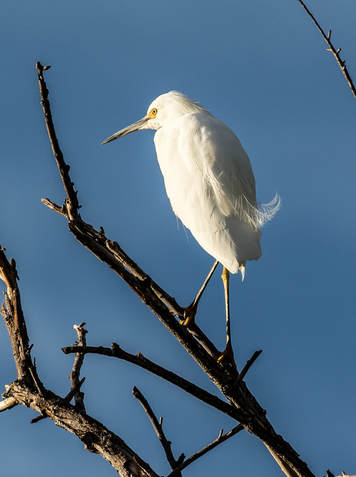 Snowy Egrets are regular inhabitants at the wetlands, with their summer (breeding) and winter (non-breeding) territories overlapping in SE Arizona. For more on Snowy Egrets, see my blog post from October 2017, click here. To the right is our subject sitting for an early morning portrait with good side lighting. Below is a landing sequence I captured on November 8th from the west side of the wetlands. I love getting birds in flight, and in this case we can see the Egret slowing down for a tree landing, legs down, head feathers up, wings pumping to maintain lift as he slows down. Pause: Time to guess the mystery mammal!Hint: has four legs, a tail. Could have been Wilbur or Wilma, I am not sure . . . . Coming soon, keep reading . . . . . Red-naped SapsuckerRed-naped Sapsuckers are woodpeckers with a fondness for sugar. They peck holes in the bark of aspen, birch and willow to suck out the sweet sap. These images were captured on two separate days, but likely in the same tree: this bird's version of Circle K with unlimited fountain services. These birds are tough to photograph, moving very fast in and out of the shadows. Drum roll . . . . and the mystery mammal is: Bobcat!The Bobcat is a nocturnal cat roughly twice the size of a house cat with large paws and tufted ears, and a short tail with a black tip. The cat's name comes from the tail, which appears to have been clipped or "bobbed." They are mostly nocturnal, and although observant birders have smelled their urine on morning walks, seeing them is unusual. On the morning of Wednesday November 15th, I decided to walk back to the parking lot early along with another birder/photographer. He first spotted this cat right on the walking path, just a bit west of the first pond and overlook with the ramada. We followed our subject carefully from a distance. Below you can see a sequence, "the hunt." He has clearly spotted something in the reeds, crouches and then disappears into the reeds. He did emerge, but without his prey. He preened a bit, then disappeared down the path. The image below shows the tail and leg marking well. You can see the tufted ears in profile. Time to preen a bit and move on! Black PhoebeThe Black Phoebe is a flycatcher, described as sooty gray on the upper parts and chest, and clean white on the belly. They commonly perch on branches looking for insects, making photography easier. The images above and below were captured on November 29th. Below are a sequence of images captured in late December 2015 on the San Pedro River in Hereford, close to the San Pedro House. The bird was flying a route next to the river, moving from perch to perch, catching insects along the way. With a bit of patience, it was possible to learn the route, and focus on a perch, knowing that in time the flycatcher would return to the perch. The bird was close, and the light was good. Last image shows the bird in flight heading for the next bug. Oregon Dark-eyed JuncoThe Oregon Dark-eyed Junco summers throughout Canada and into Alaska and winters as far south as SE Arizona and northern Mexico. This was the first of the species for Sweetwater this year, image captured on November 29th. The bird was moving fast near the recharge basin, and this is the best image I could get. Below are two images I captured at Cave Creek Canyon, Portal, Arizona, in January of 2016. Black and White WarblerBlack and White Warblers summer for breeding in the east and northeast U.S. all the way up into eastern Canada, and winter in Florida, Mexico and Central America and south to South America. Their migration territory includes the central U. S. and northern Mexico, which just barely includes SE Arizona north of the border with Mexico. It is great to see them here. They are boldly striped in black and white, and forage for insects more like nuthatches than warblers. All images here captured on November 29th. Like nuthatches, they move very fast and will forage upside down. Great Horned OwlGreat Horned Owls are powerful raptors present throughout the United States, and common throughout SE Arizona. A pair lives at Agua Caliente, there are several pairs at Catalina State Park, however, this was the first Great Horned Owl I have seen at Sweetwater. This bird was on the southwest portion of the pathway, sitting quietly in a mesquite tree mid-morning. They are nocturnal, and when spotted at Agua Caliente they are commonly snoozing, but this fellow looks awake. That's a wrap !Thanks for "clicking in" everyone. Happy trails !
7 Comments
|
AuthorHenry Johnson, photographer and author of this site. For more detail, see About
Categories
All
Archives
April 2024
|
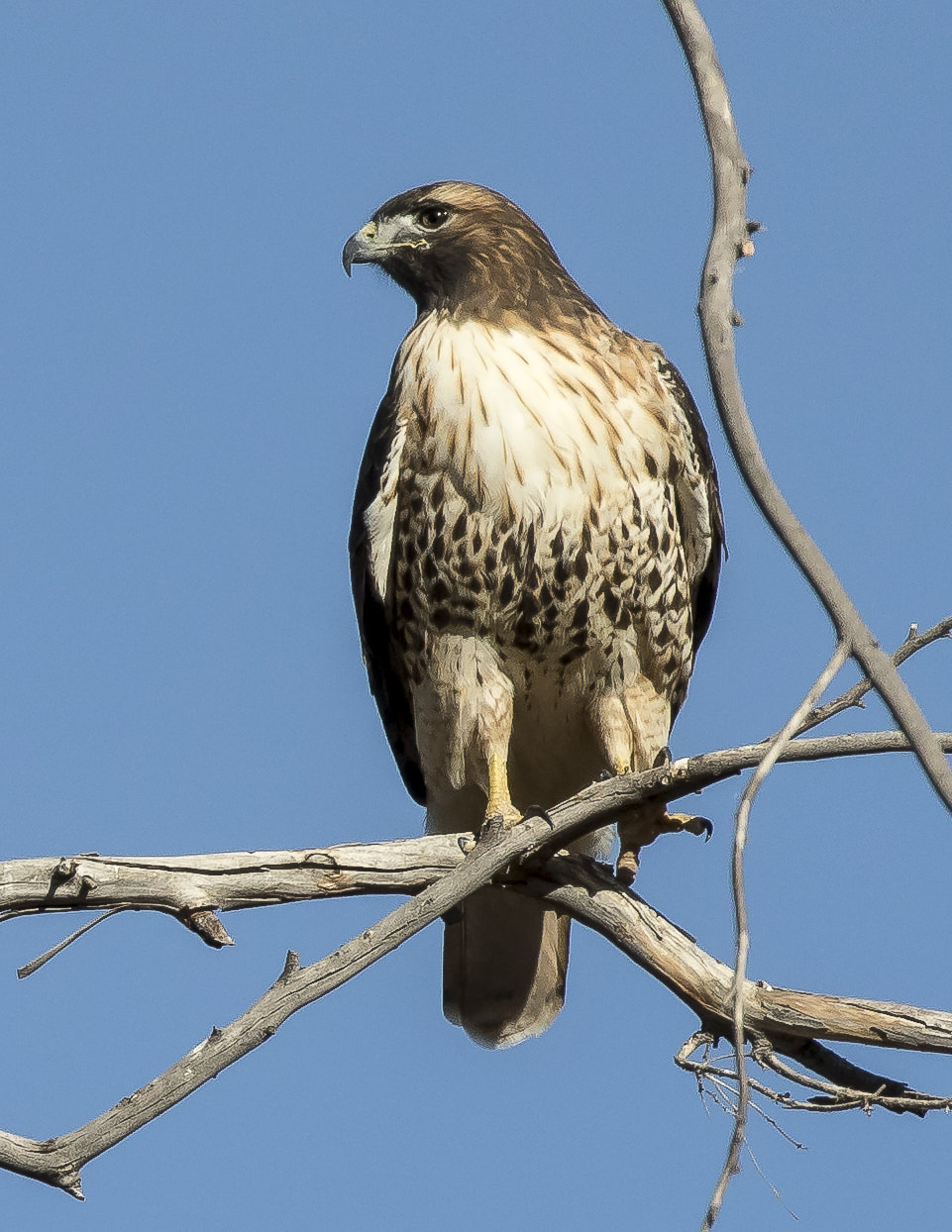
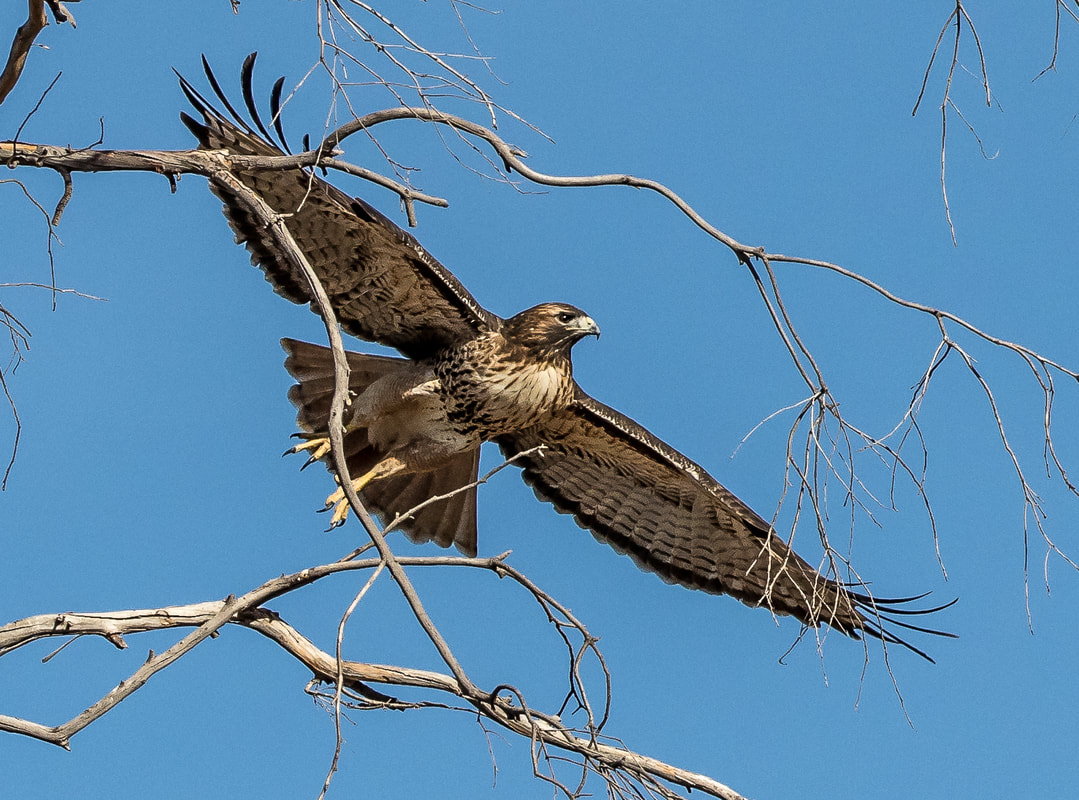
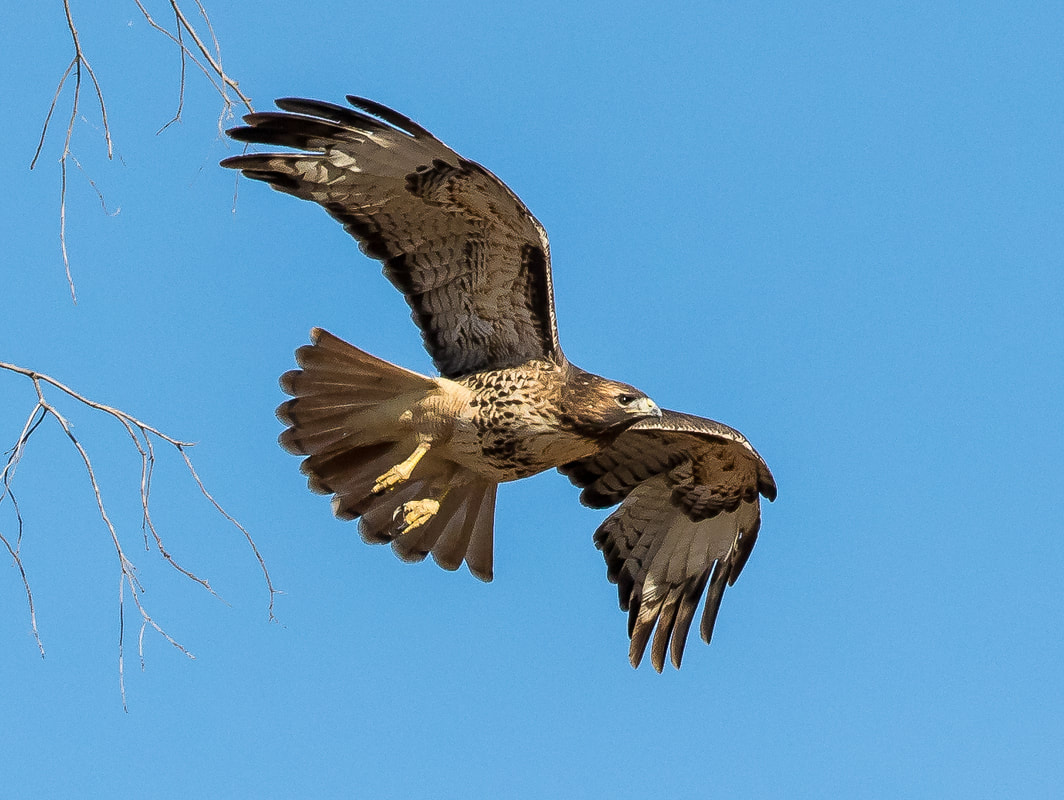
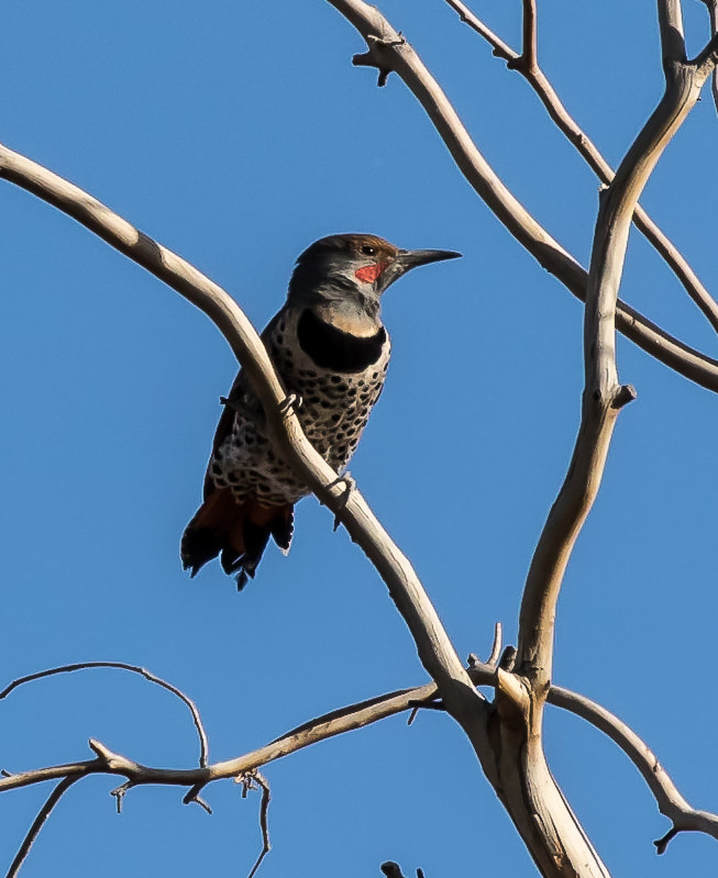
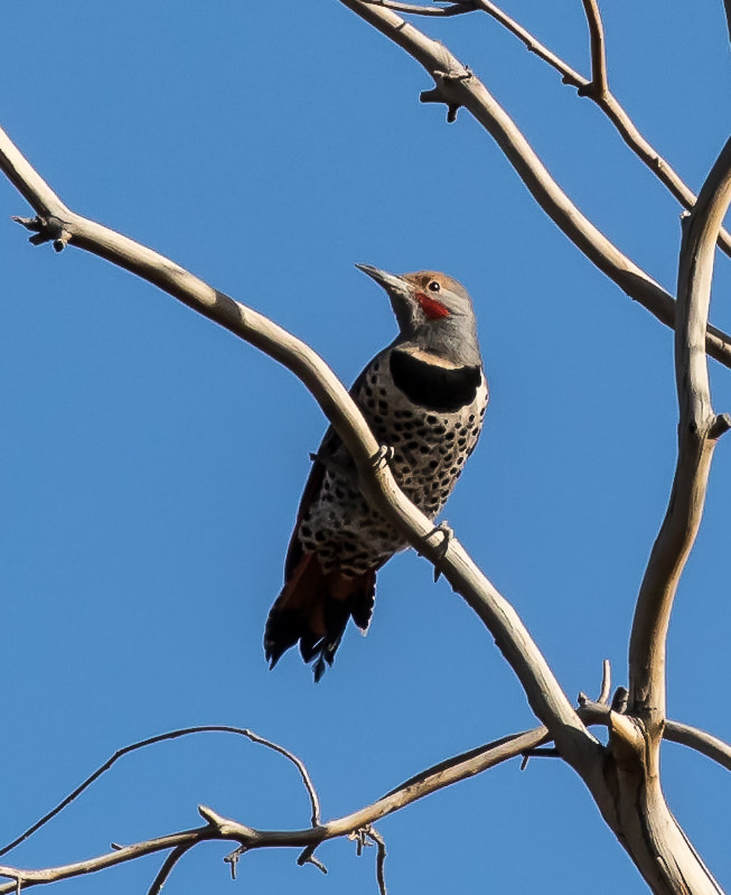
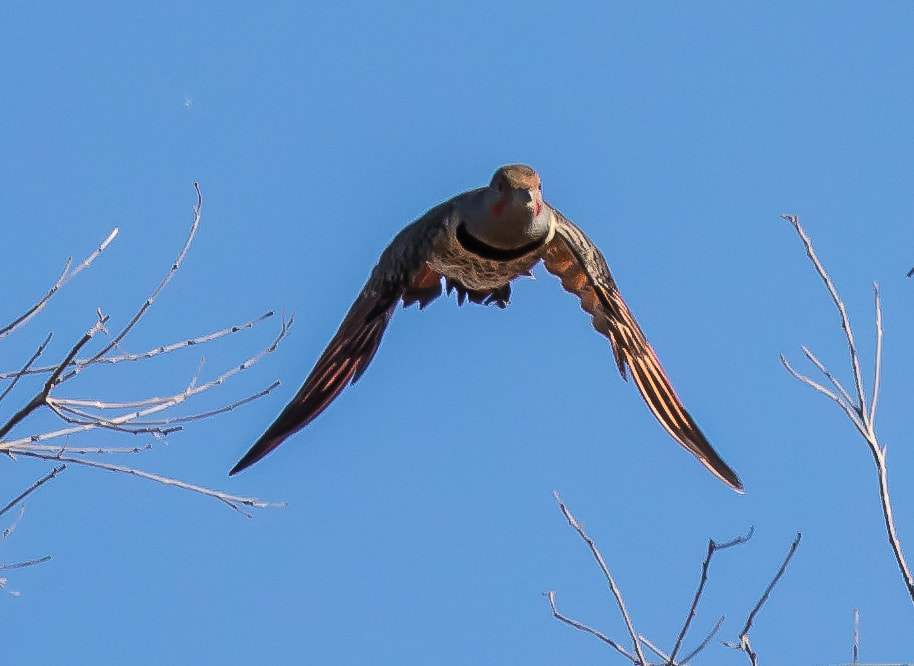
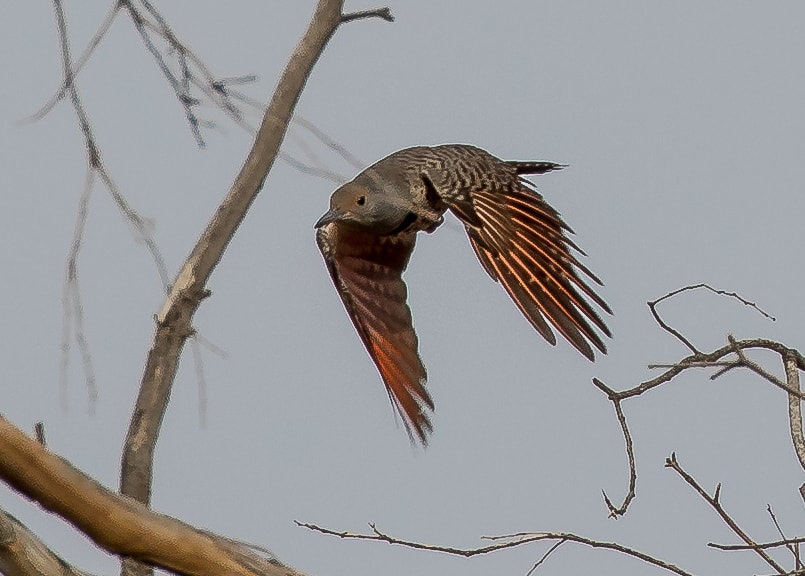
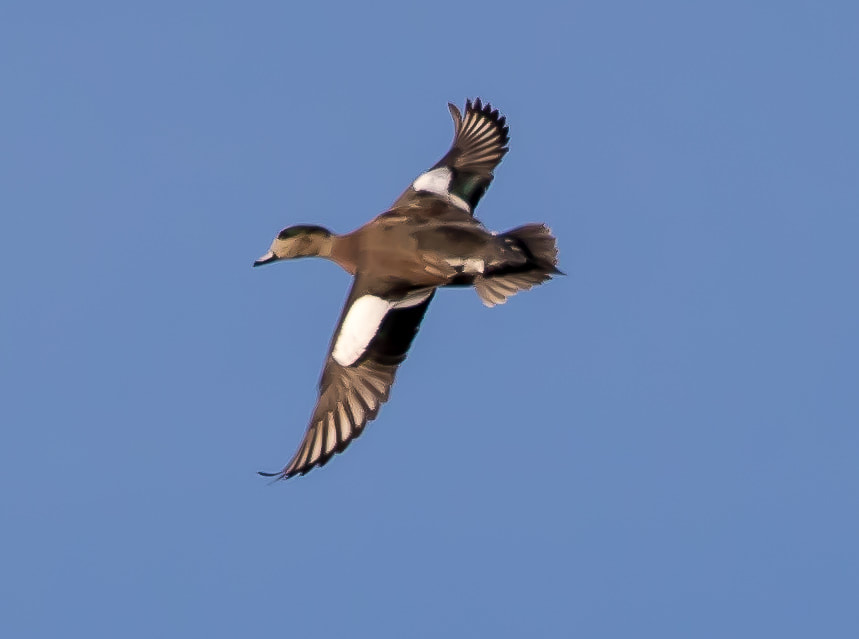
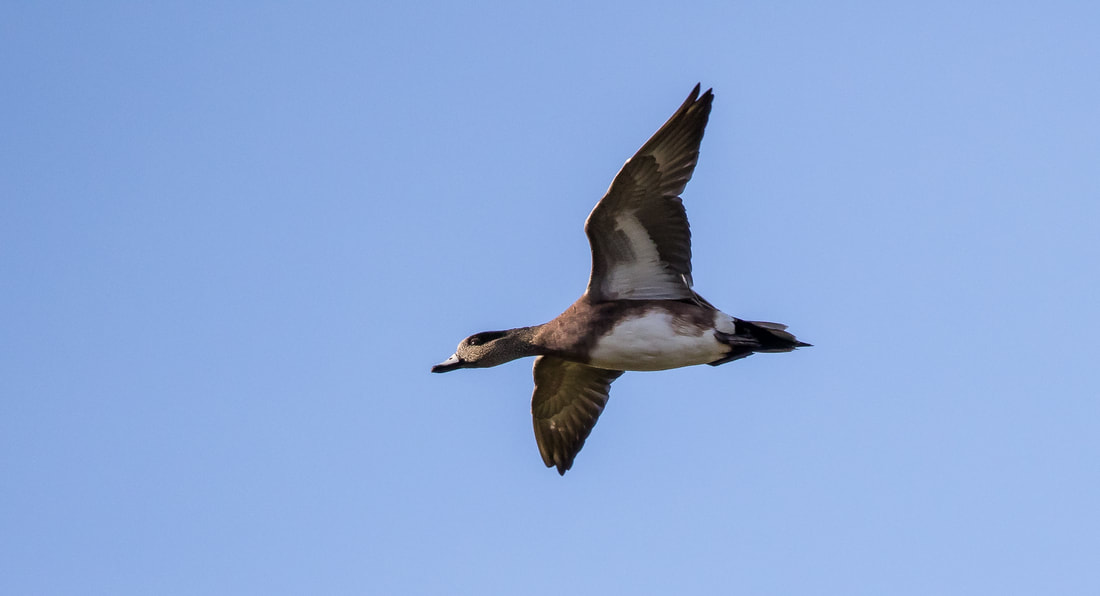
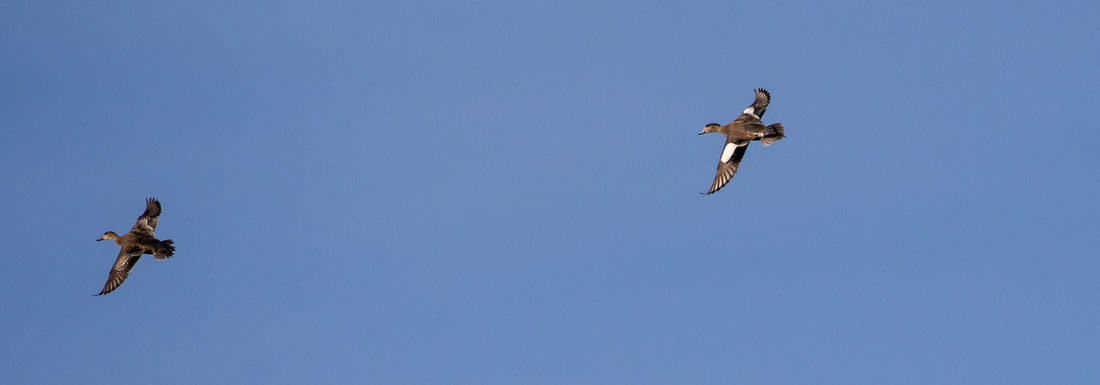
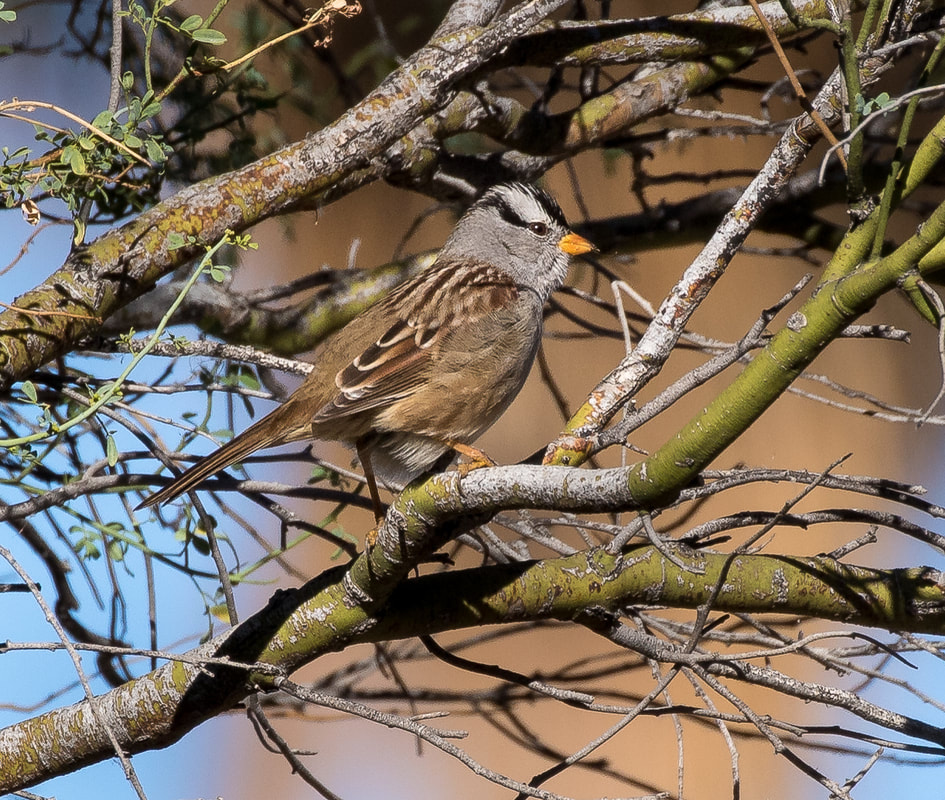
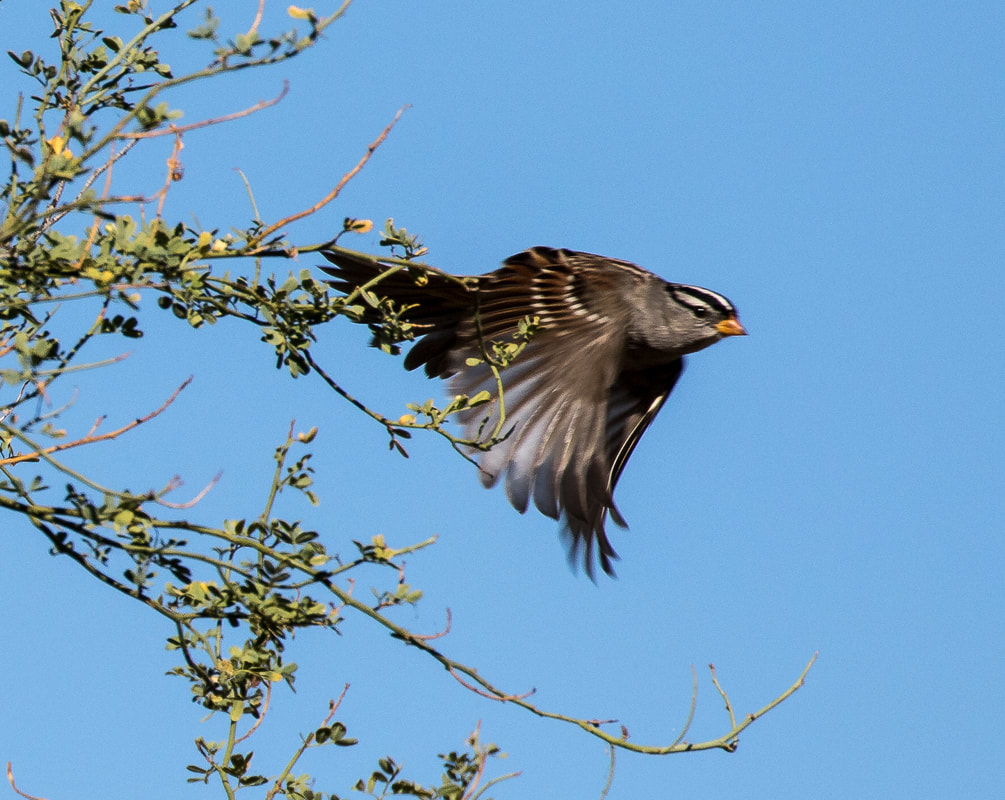
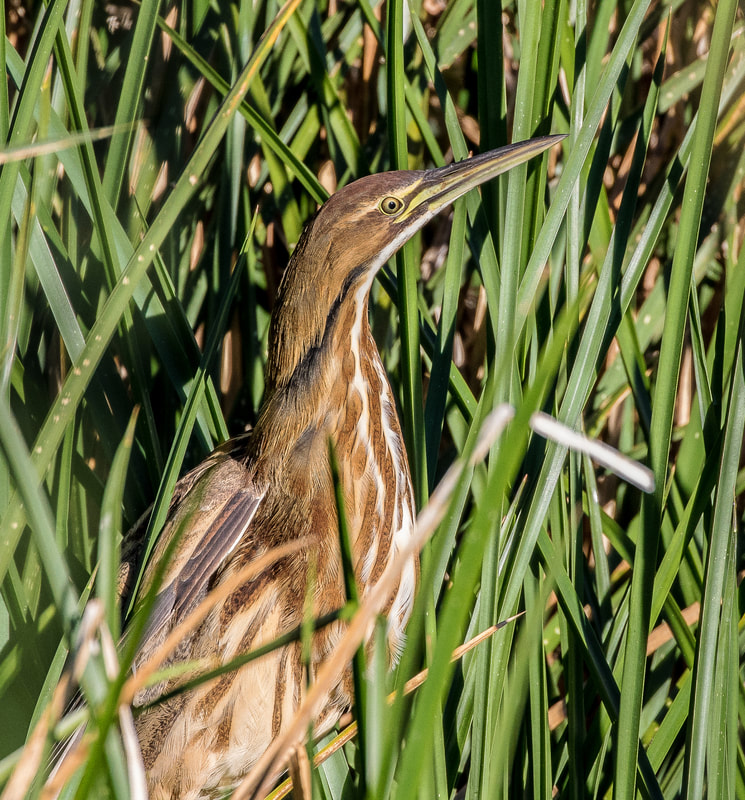
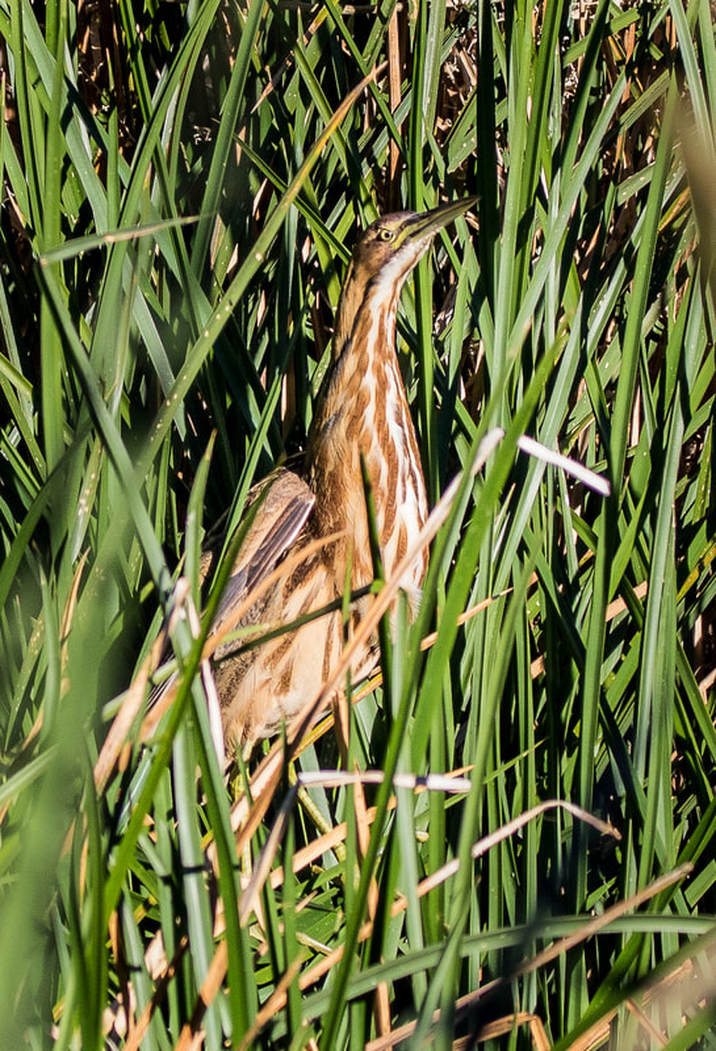
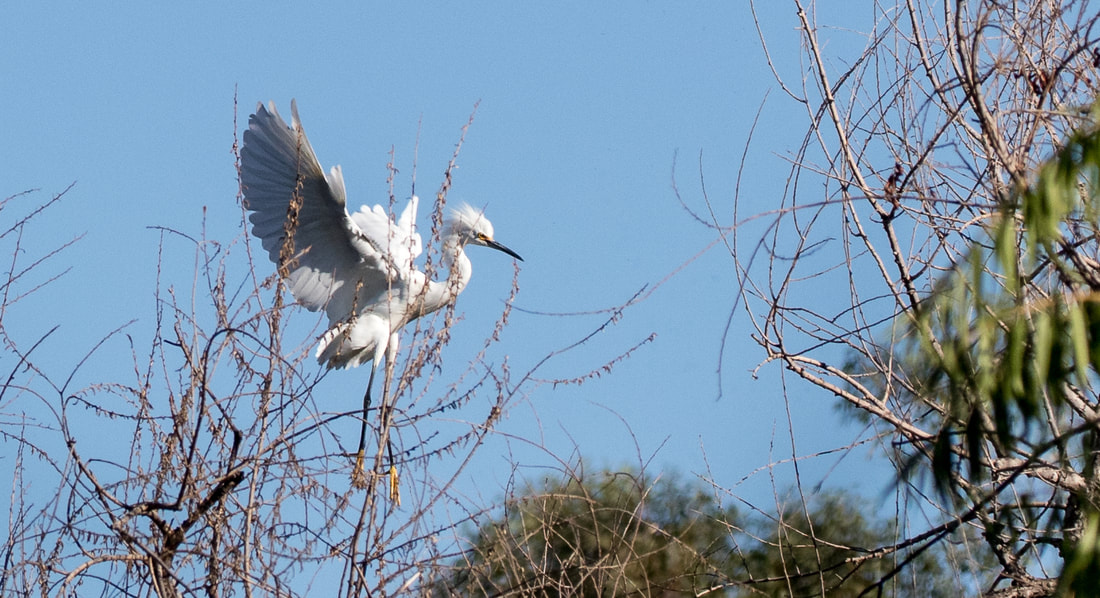
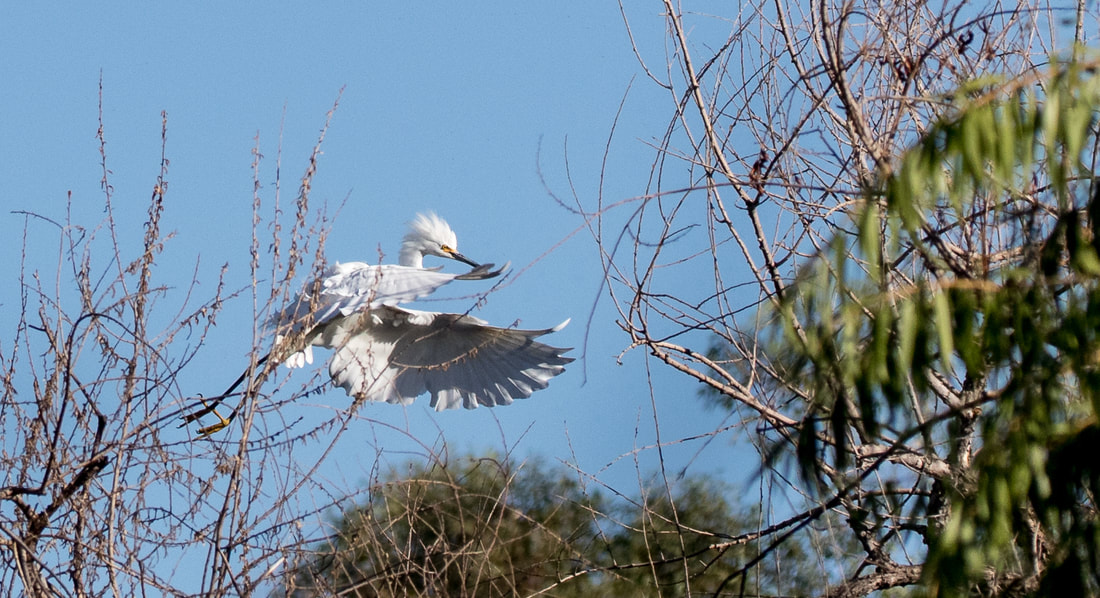
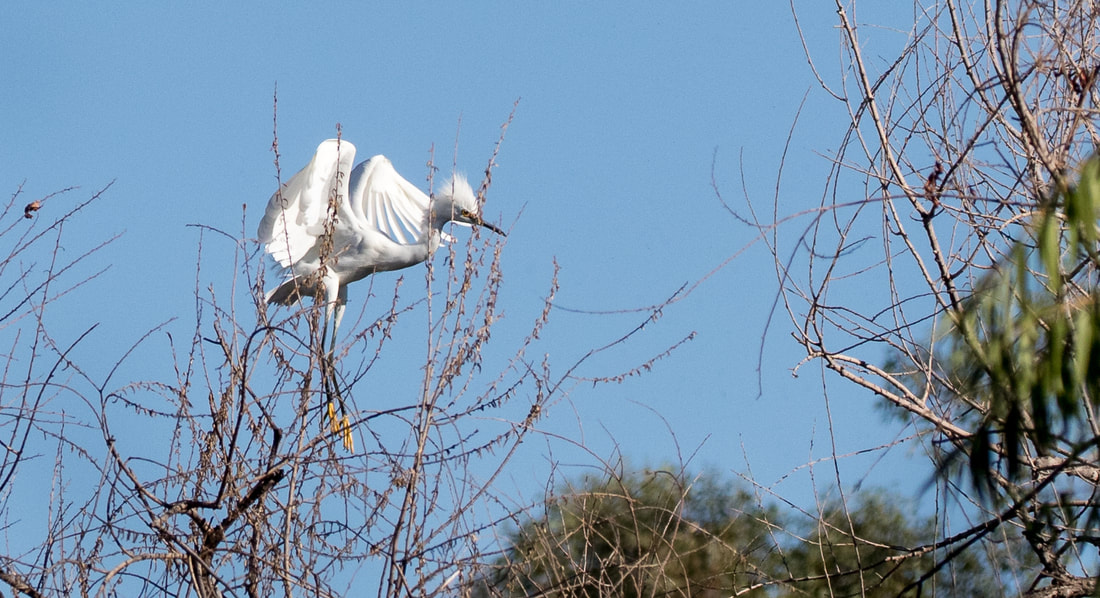
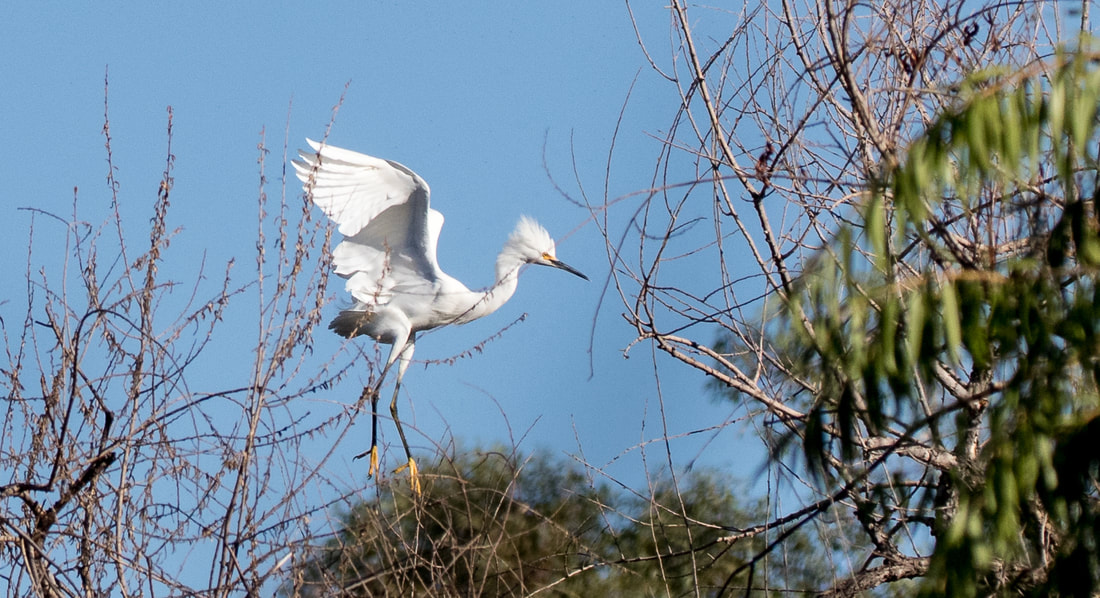
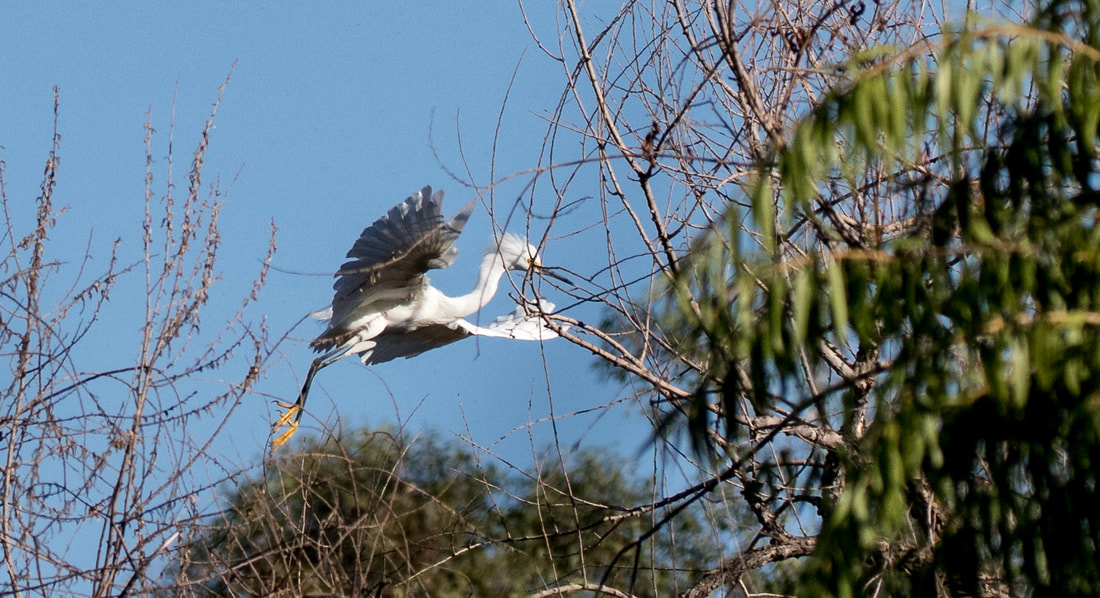
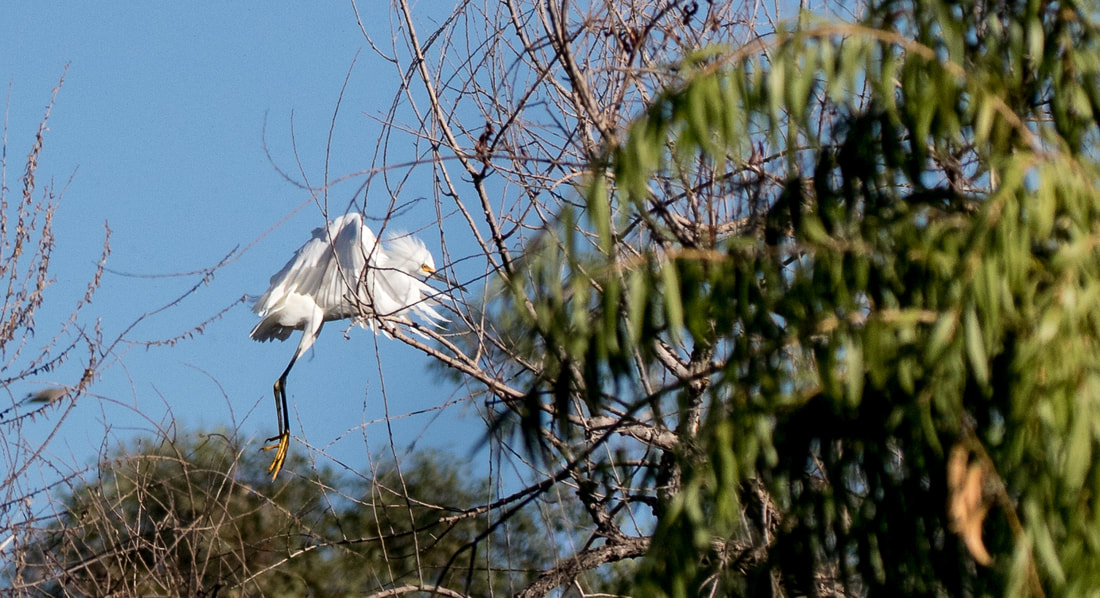
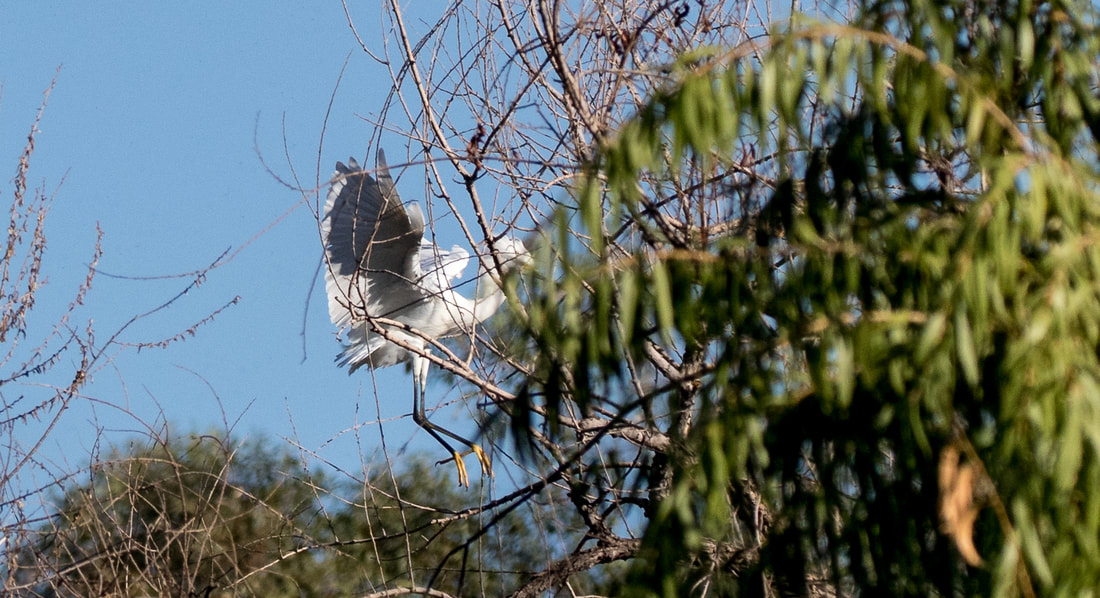
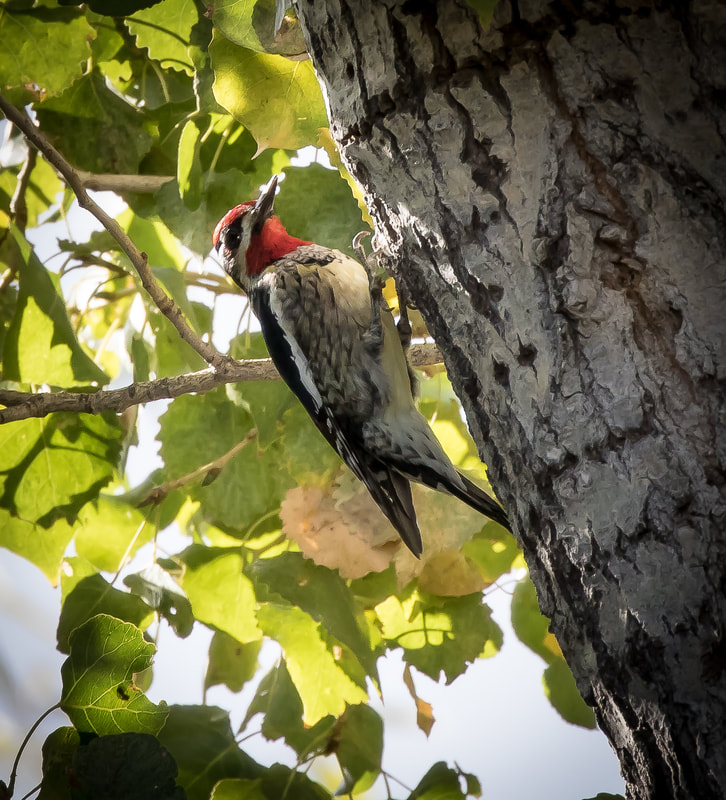
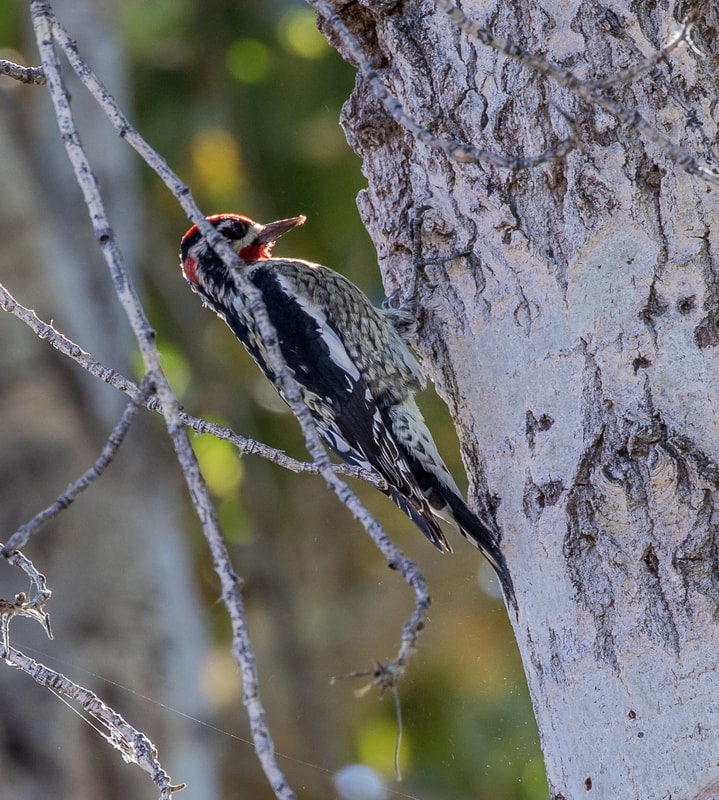
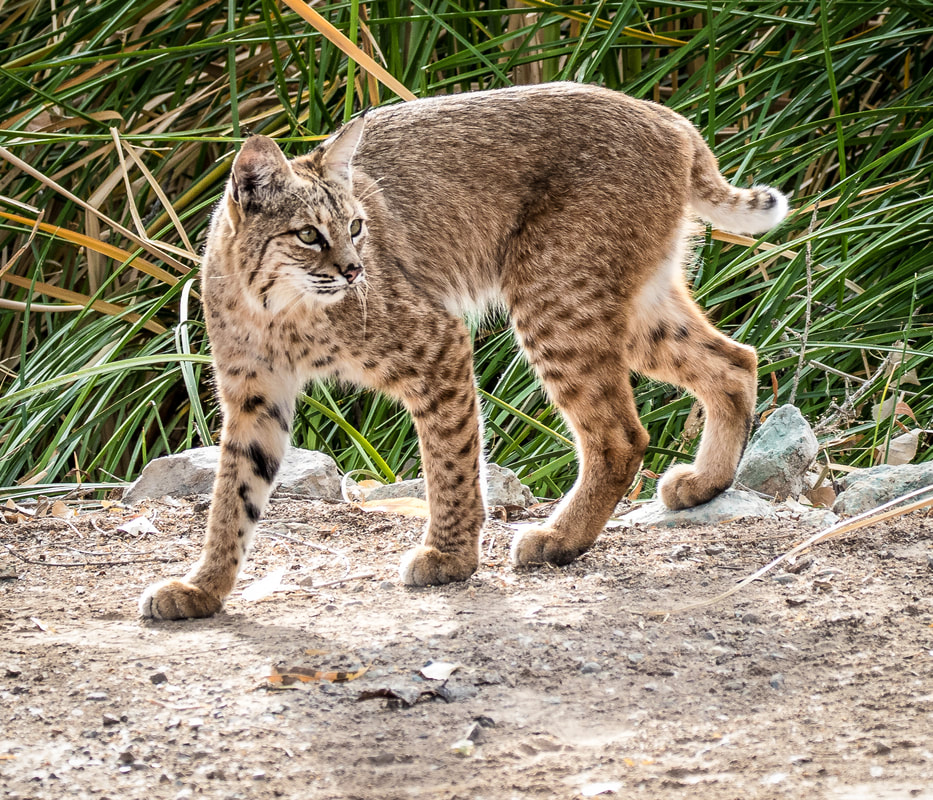
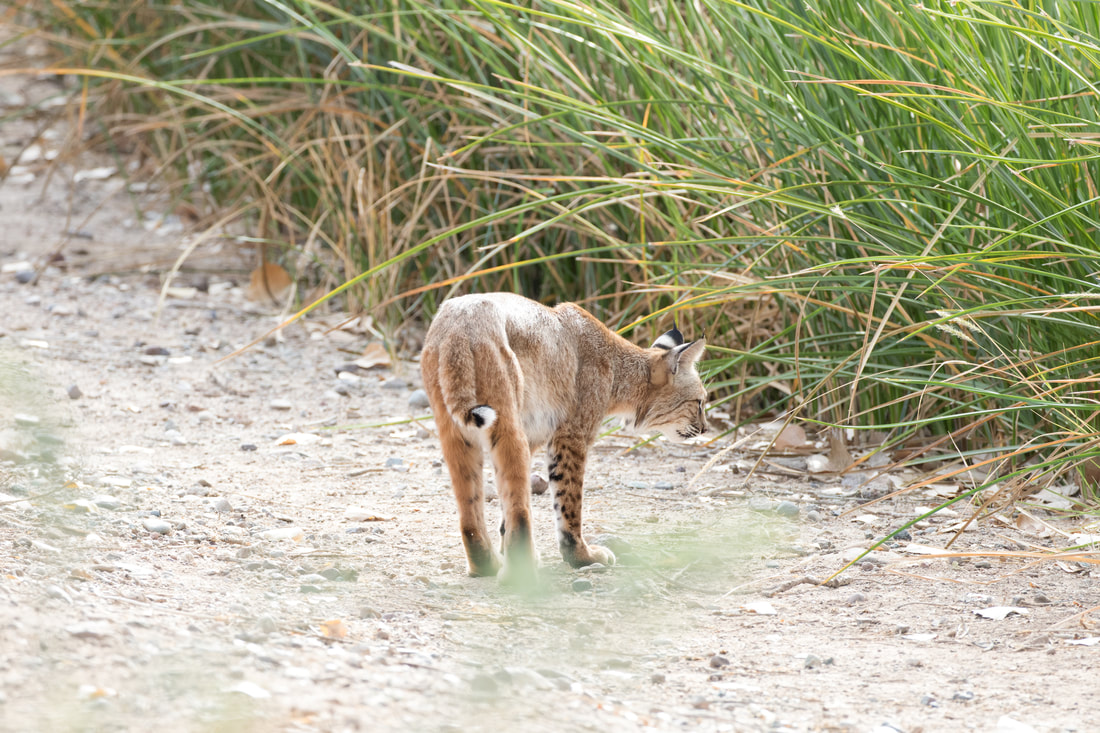
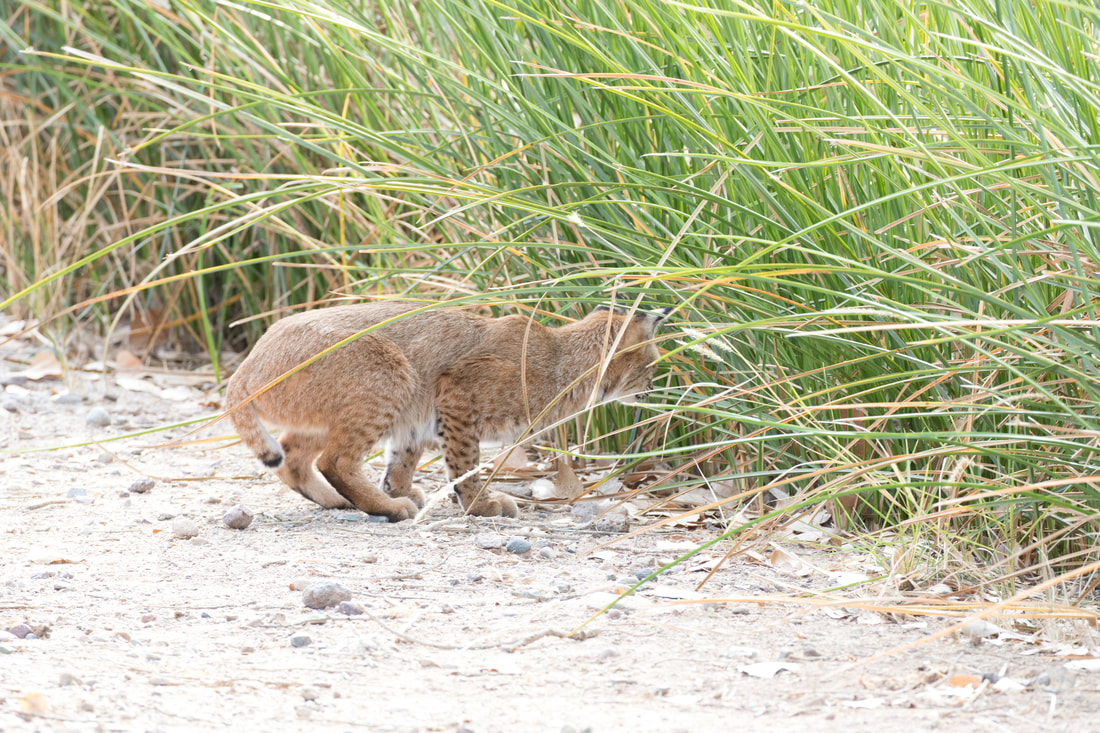
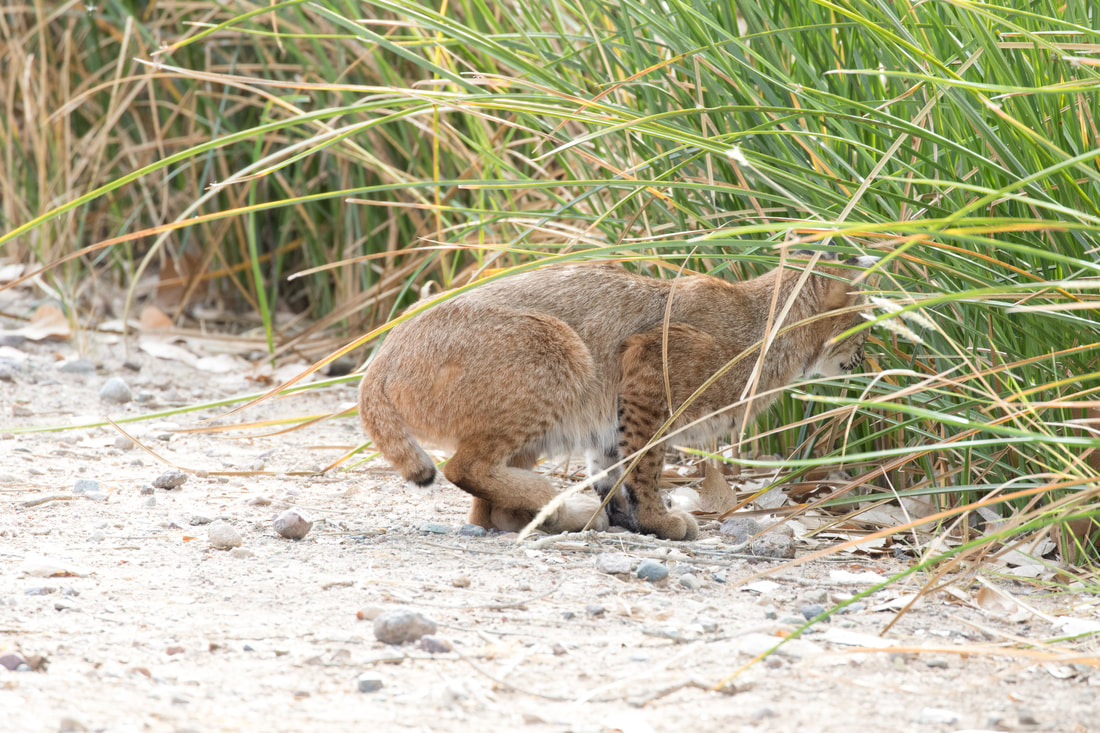
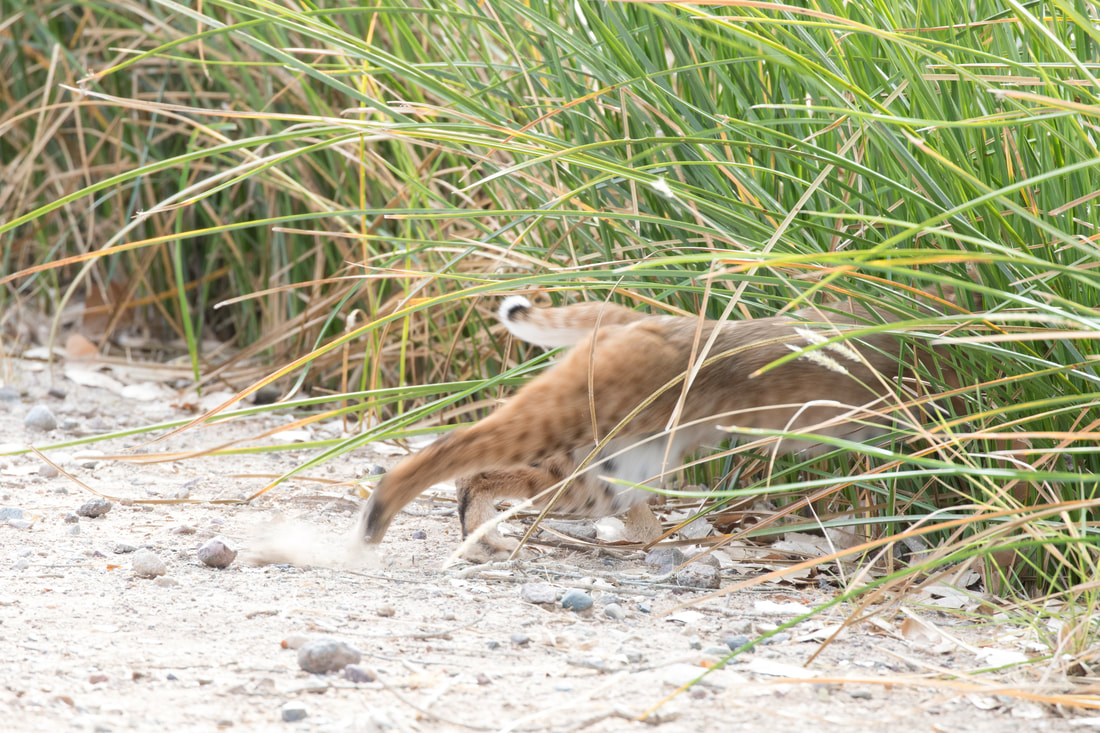
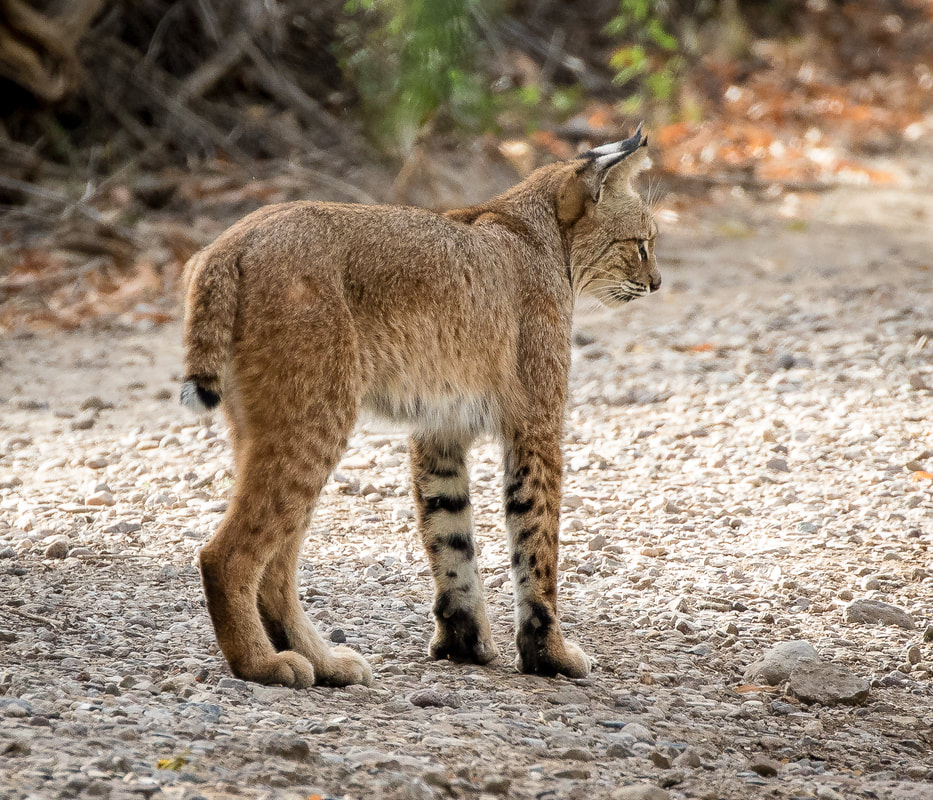
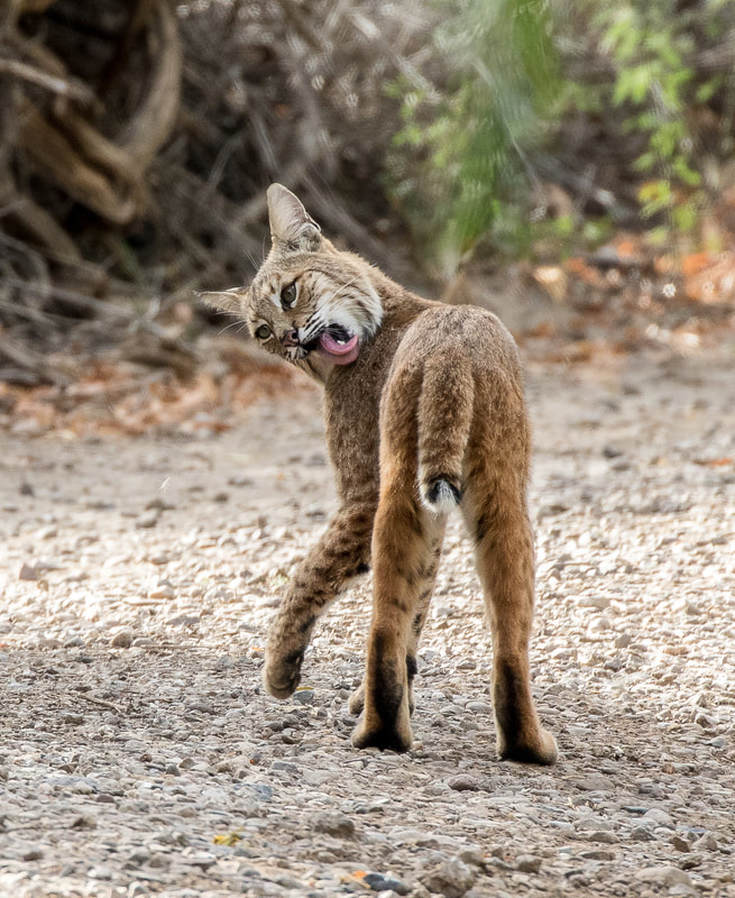
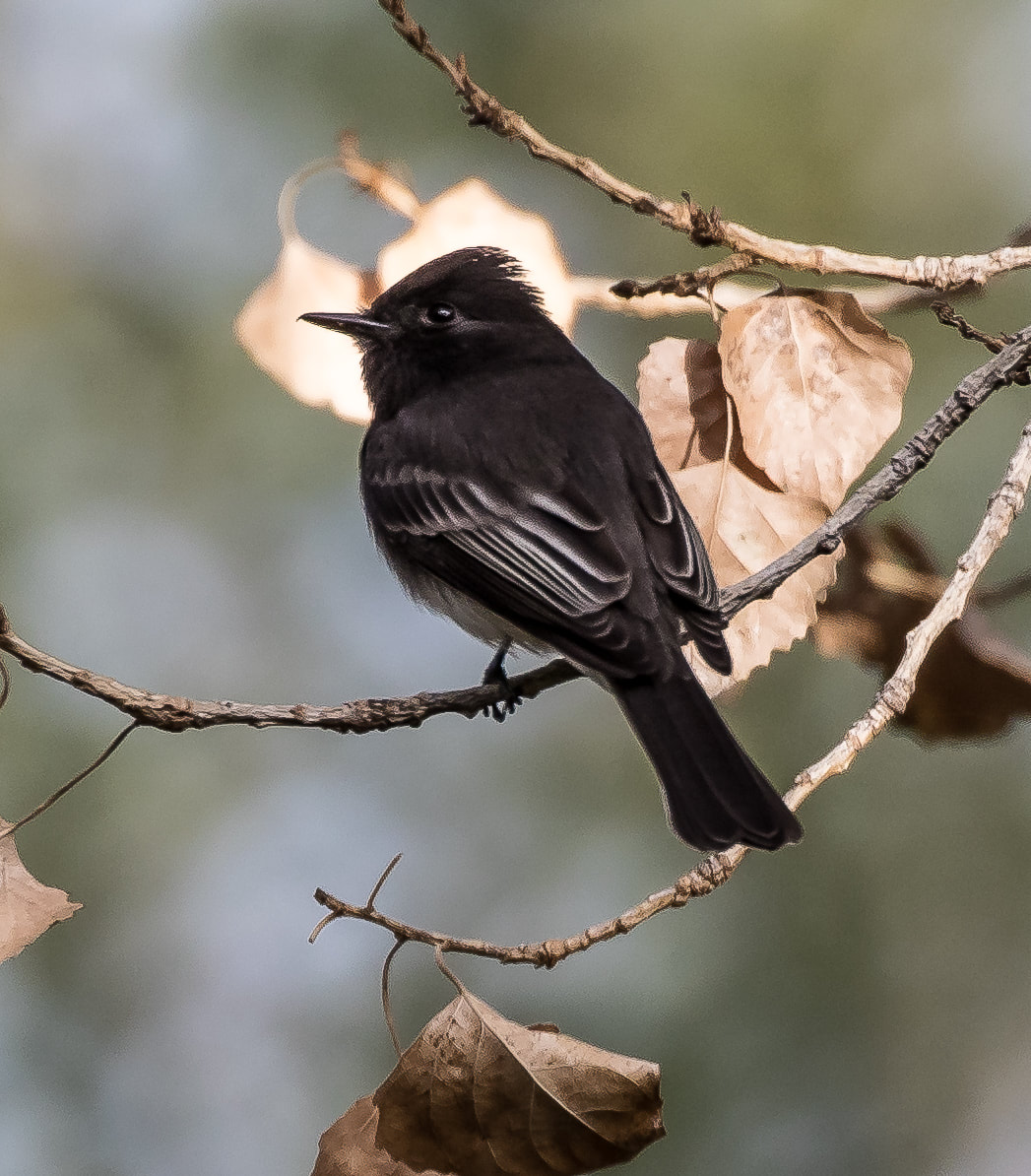
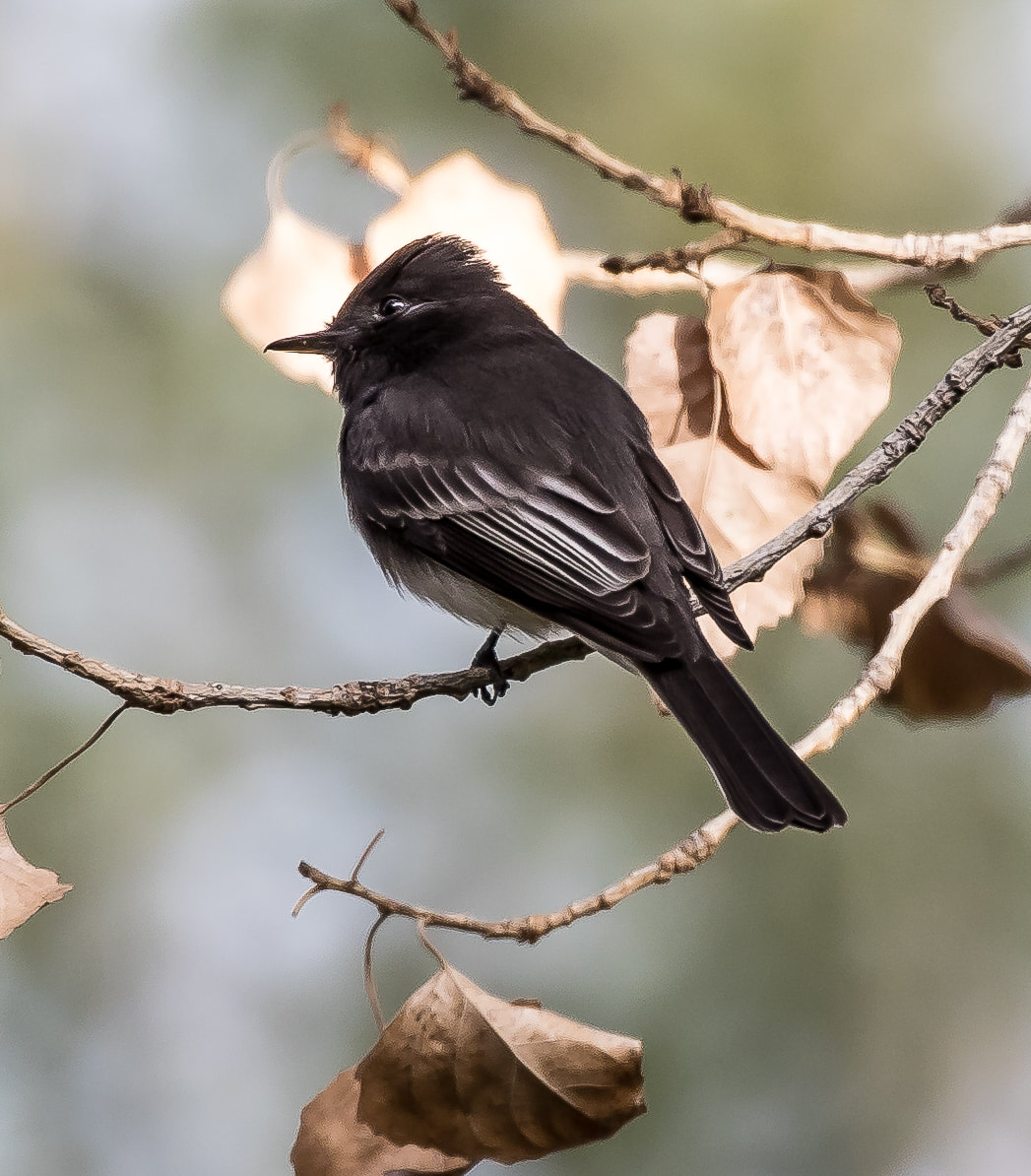
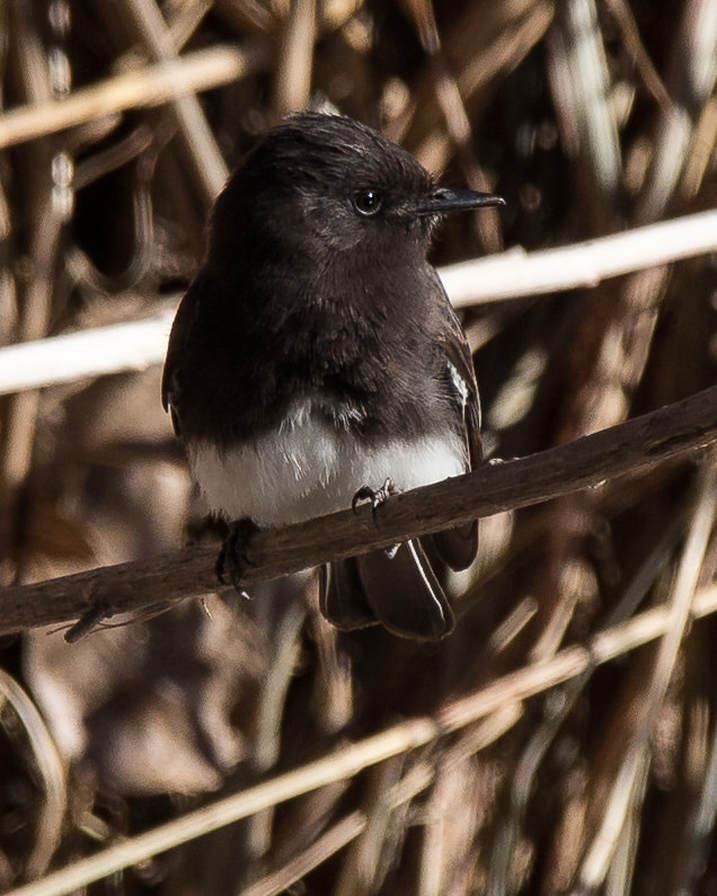
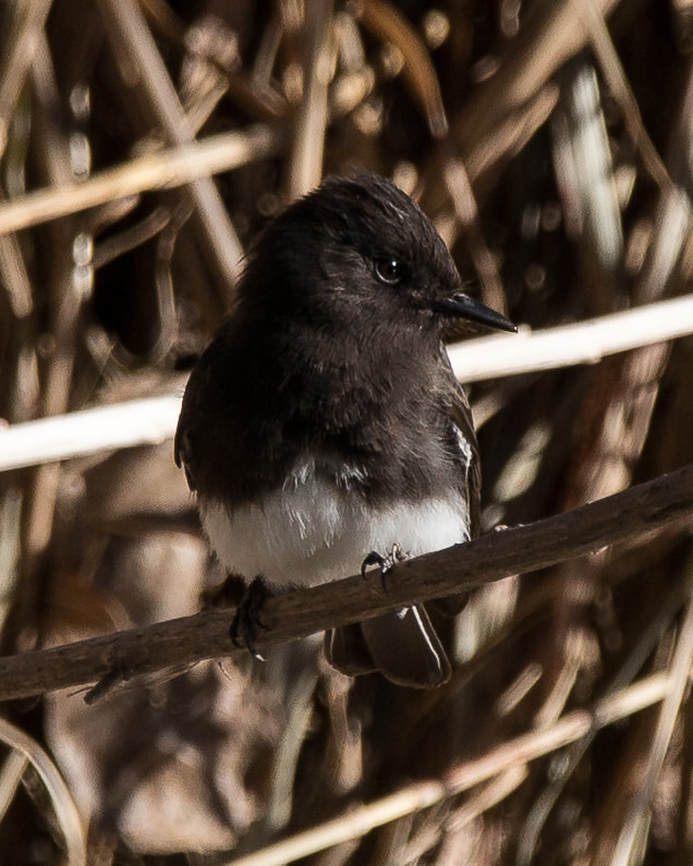
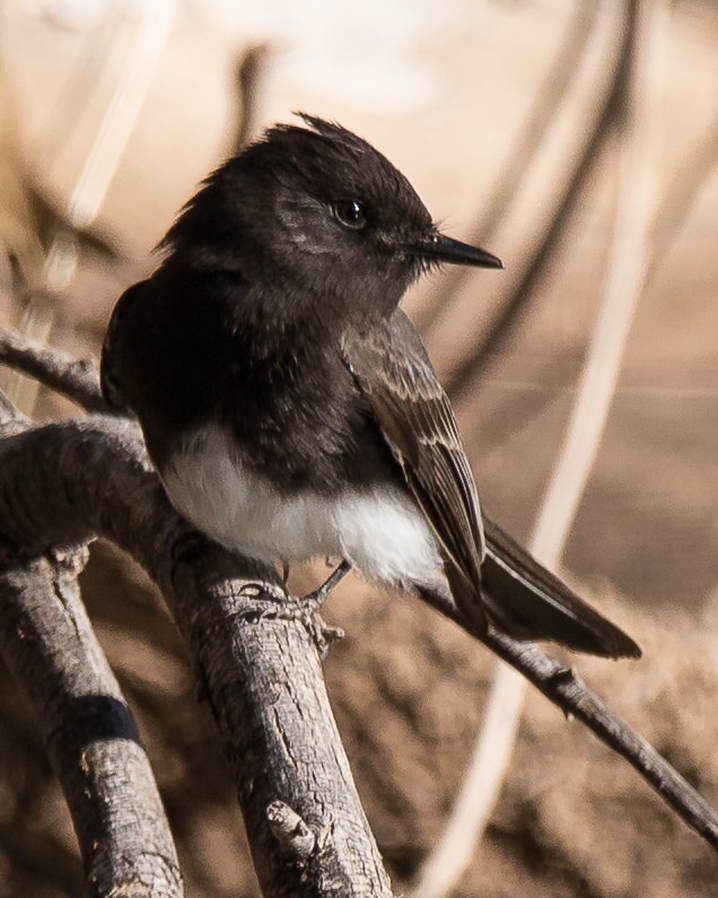
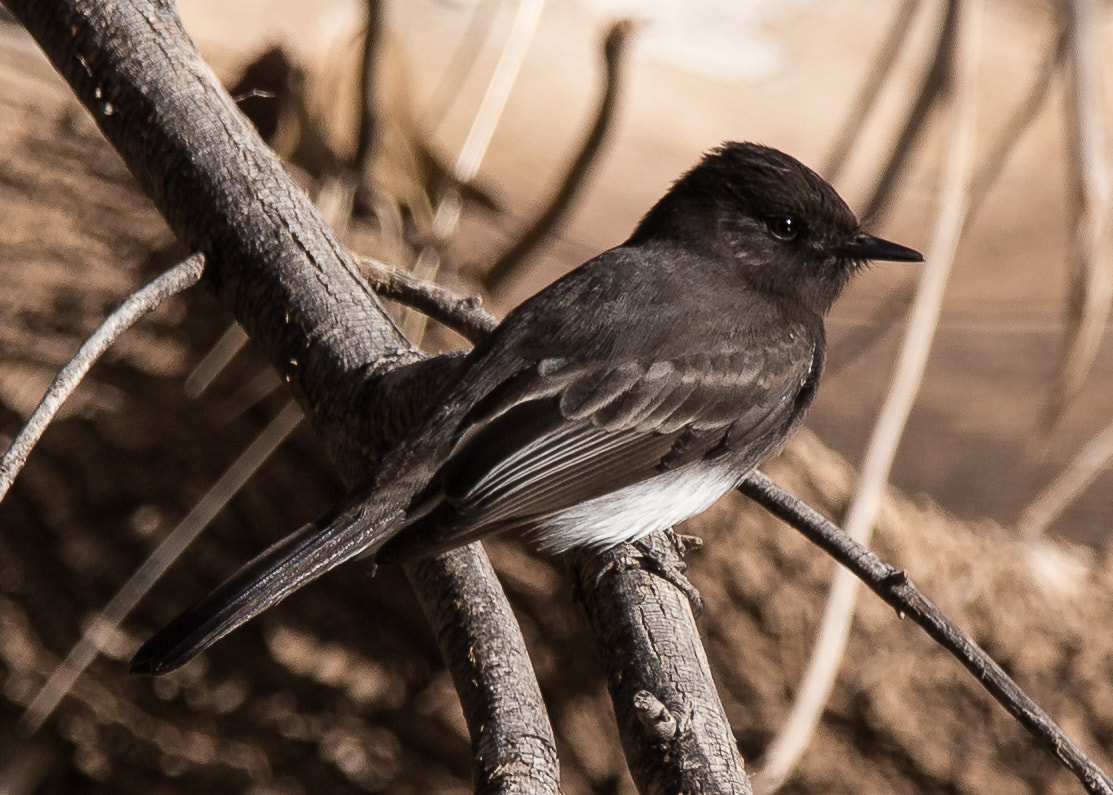
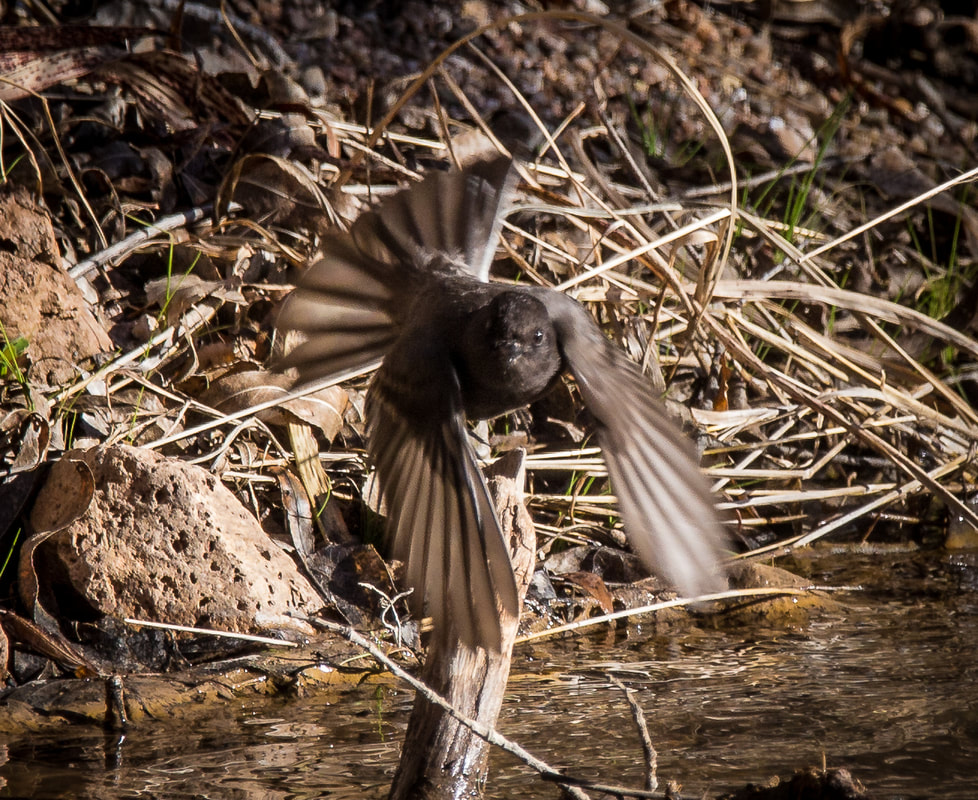
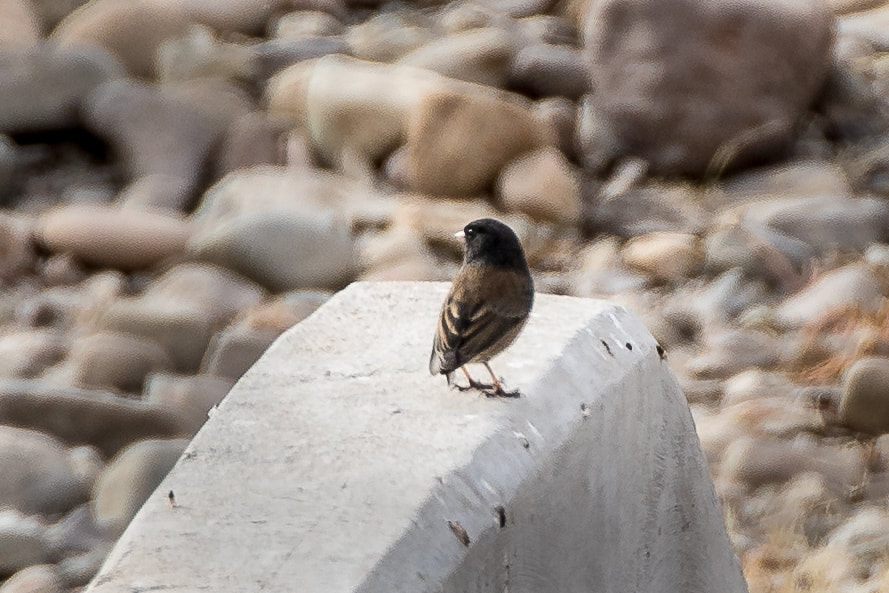
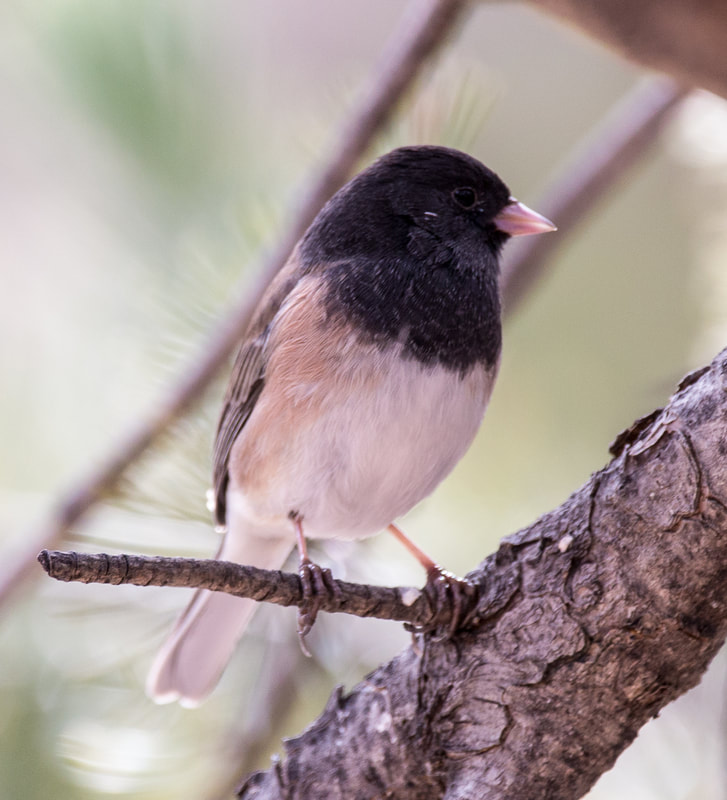
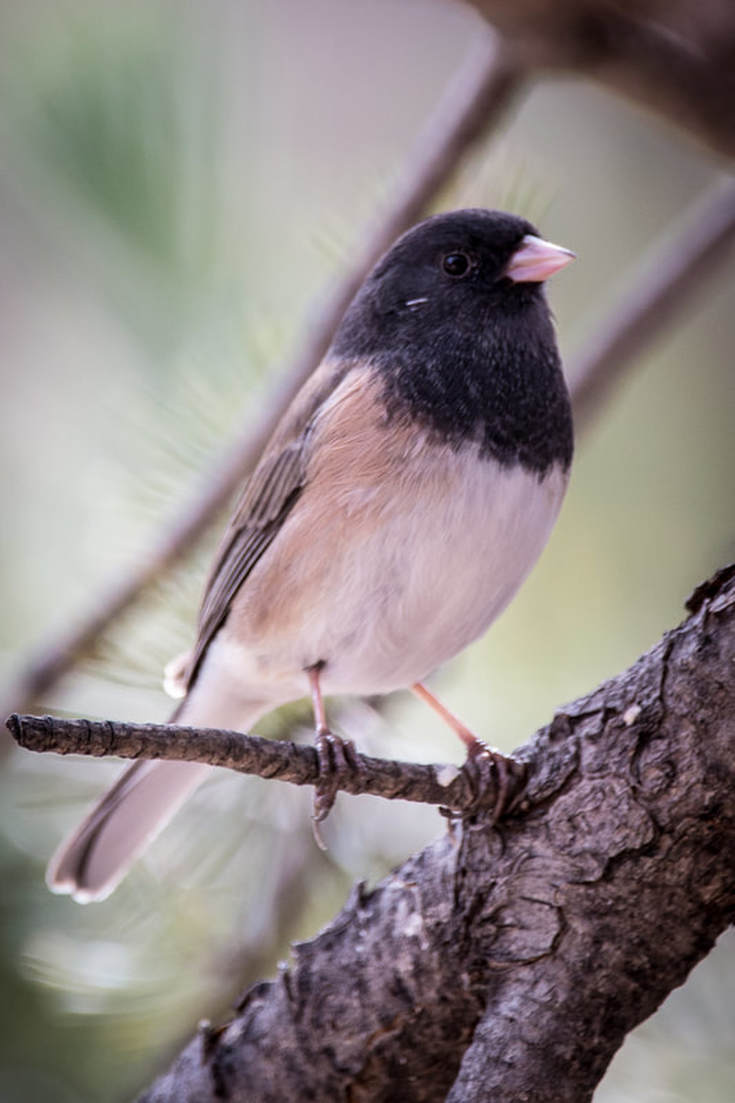
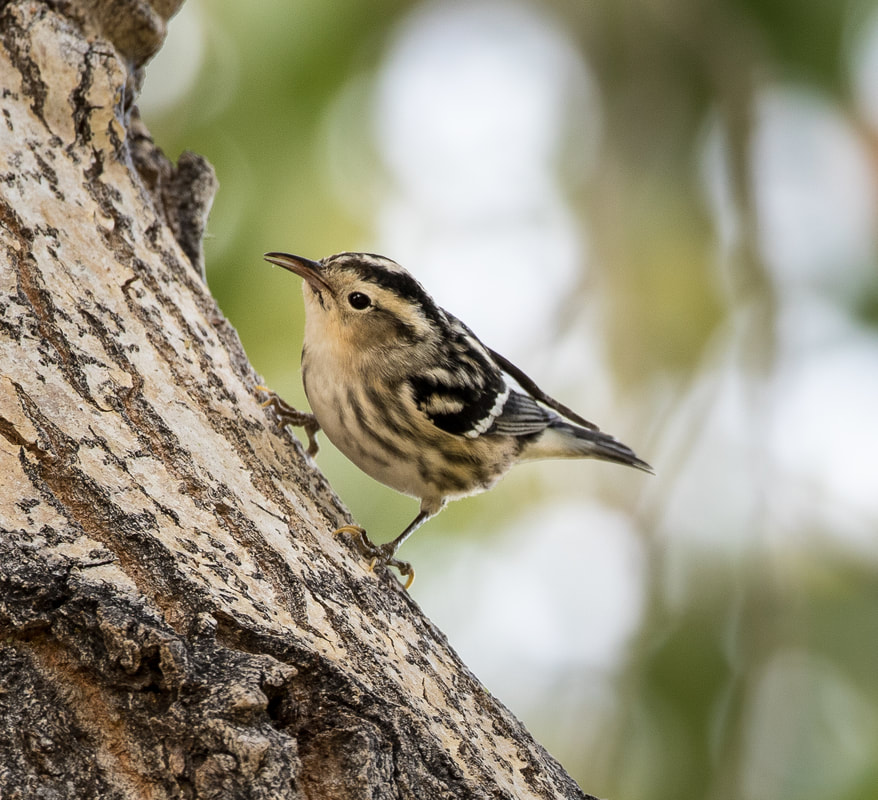
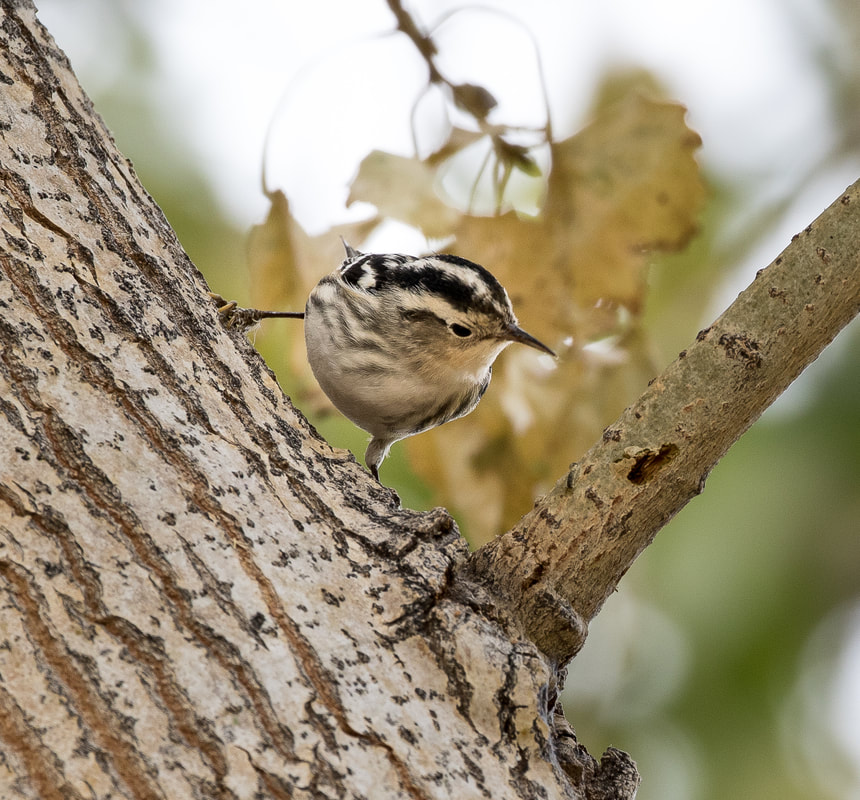
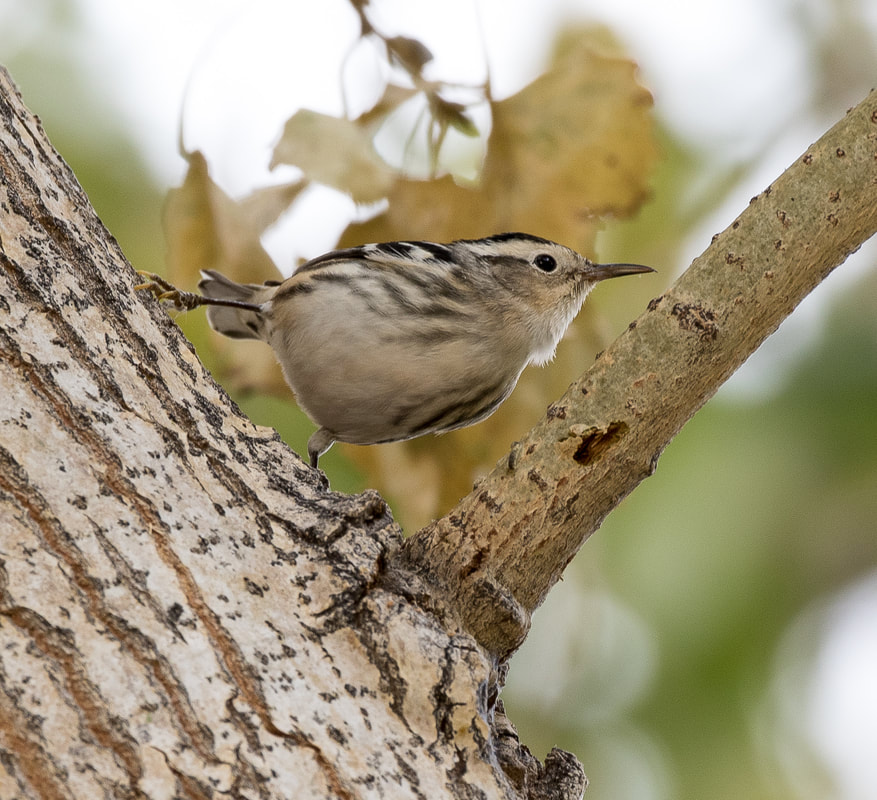

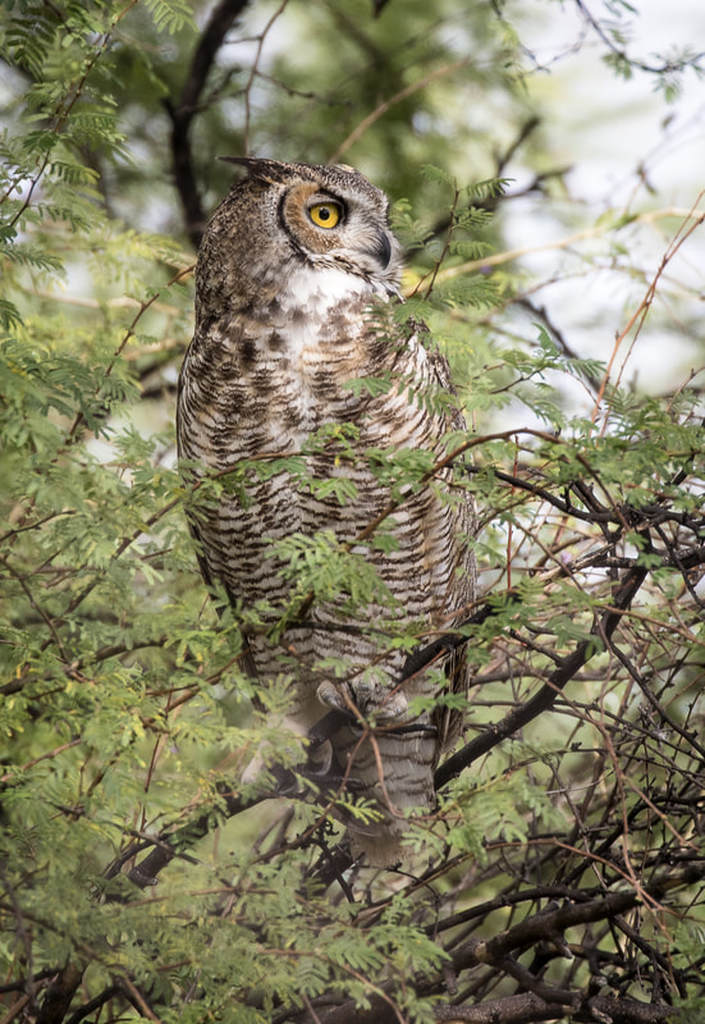
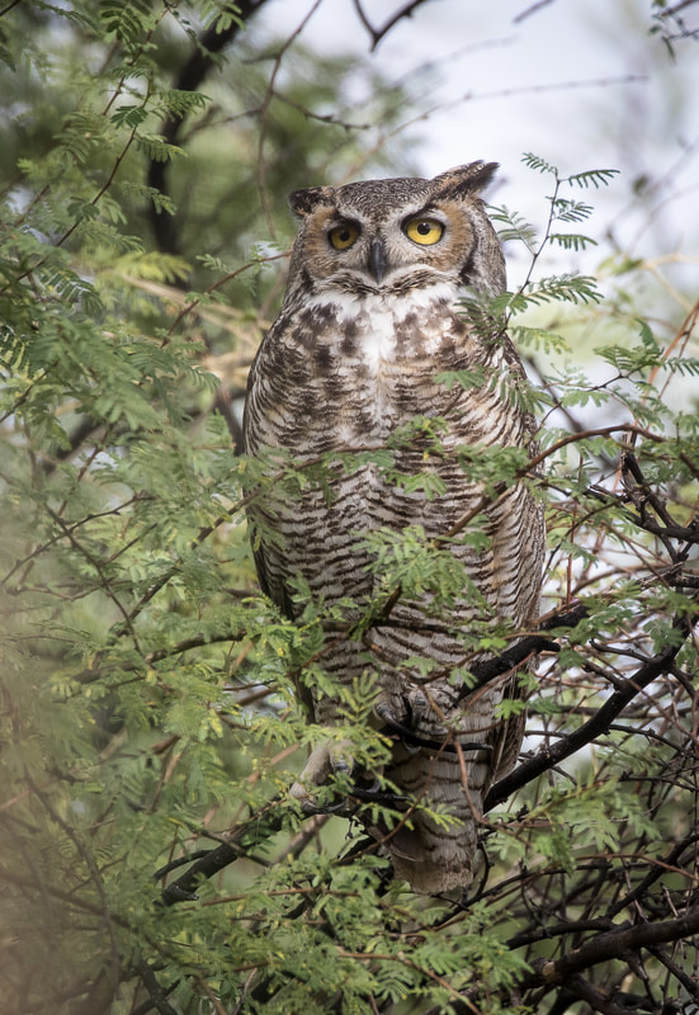
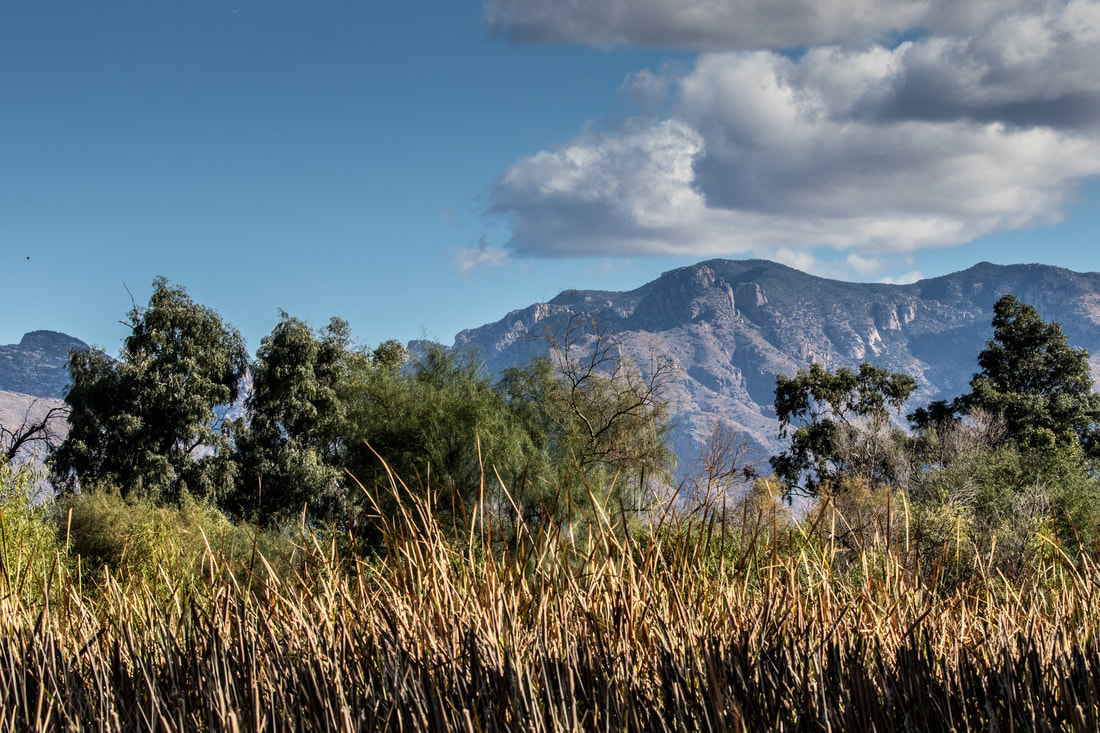
 RSS Feed
RSS Feed